Ford Puma ST - 197phb Hot Crossover SUV - All You Need To Know
by admin | September 29, 2020
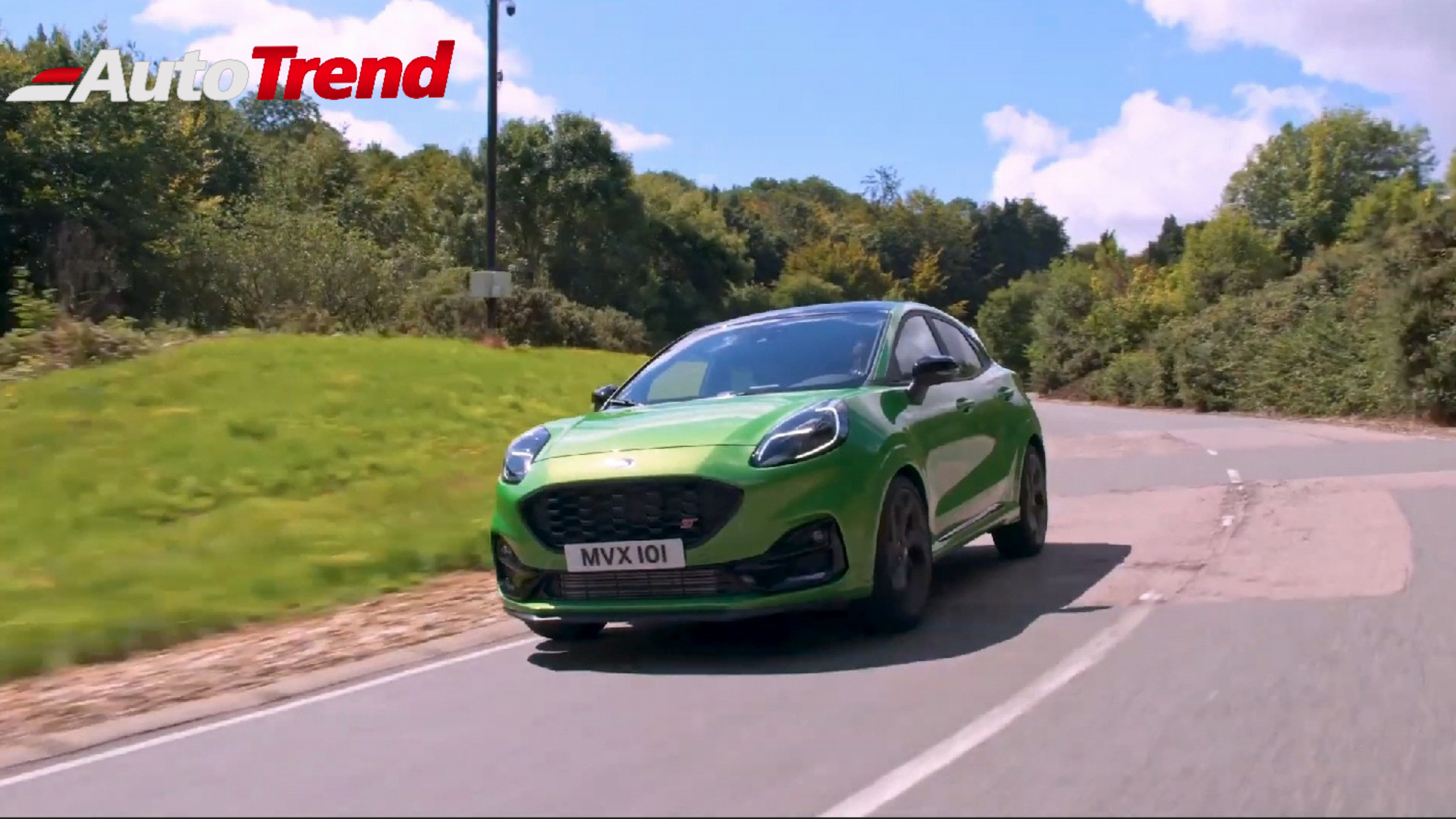
Ford Puma ST - The Perfect Performance Crossover SUV
Ford Motor Company has launched the new Ford Puma ST. This is the third model to join Ford’s ST performance line-up, following the Fiesta and the Focus. The Fiesta ST’s chassis has only received minor tweaks from its transition to the Puma’s crossover body. The rear torsion bar is 40 per cent stiffer to compensate for the extra weight and height.
Exterior:
The Puma is spruced up by the ST-specific styling pack. The front gets a new grille design with ST badging, while a splitter increases front downforce by 80 percent over the standard car. The back gets a larger rear wing and diffuser help to balance out the extra downforce at the other end. The Puma ST is also available in the new ‘Mean Green’ shade with a total of 5 color options. The roof and spoiler, front grille surrounds, side trim and door mirror caps are always painted black while the new 19 inch alloy wheels complete the look.
Interior:
Inside, the Puma’s cabin also gets the ST treatment; including a flat-bottomed steering wheel, a sporty gear knob and pedals, along with Sporty Recaro front seats. However still, the ST’s boot retains the hose-down 80-litre ‘Mega Box’ from other Pumas, and the 456-litre volume is retained.
All Puma STs get a generous standard equipment list:
-
Wireless charging
-
Front and rear parking sensors
-
Quick clear heated windshield
-
Rain sensing wipers
-
Automatic LED headlamps
-
12.3 inch digital instrument cluster
-
8 inch Touchscreen system
-
SYNC 3 connectivity
-
Android auto, Apple carplay
-
Bang & Olufsen sound system
-
Ford pass connectivity
Safety Features:
While the Puma crossover received a 5 star rating at the ANCAP crash tests, the new Puma ST includes the following advanced driver assist tech:
-
Active braking assist
-
Pre Collision assist
-
Active park assist
-
Cross traffic alert with active braking
-
Intelligent speed limiter
-
Local hazard information
-
Geofencing & tracking
-
6 airbags
-
ESC with traction control
-
Torque vectoring control
Powertrain and Performance:
Mechanically, the Puma ST is very closely related to the Fiesta ST. The 1.5-litre turbocharged Ecoboost engine is the same, though a revised exhaust system has been tuned to be ever so slightly more civilised. This engine produces a power output of 197bhp and 320Nm through a 6 speed manual gearbox to the front wheels. With launch control engaged, the Puma cracks the 0-62mph benchmark in 6.7 seconds – two tenths down on the Fiesta, while the 137mph top speed has dropped by 7mph.
The Puma ST also offers multiple driving modes. ‘Sport’ sharpens the throttle and adds weight to the steering compared to ‘Normal’, and it opens up valves in the exhaust to provide a sportier soundtrack. Switch into ‘Track’, and the traction control switches off and the intervention from the stability program relaxes – though this can still be turned off completely if the driver wishes. At the other end of the scale, ‘Eco’ mode makes the most of a stop/start system and cylinder deactivation to help reduce fuel consumption. Based on the official WLTP testing procedure, the Puma ST achieves 40.9mpg and emits 155g/km of CO2.
The Puma ST’s steering system is claimed to be 25 per cent quicker than the standard Puma’s, and buyers will be offered the option of a Quaife mechanical limited-slip differential to improve traction on corner exit. This also works in conjunction with a torque vectoring system which activates the brakes on the inside wheel to help the Puma hug a tighter line through corners. The Puma ST gets larger brake discs which measure 325mm at the front and 271mm at the back, and are housed within 19-inch alloy wheels wrapped in specially developed Michelin Pilot Sport 4 tyres.
The Puma ST is expected to go on sale in Europe by early 2021 and will cost from £28,500.
-

Verhoeven, G, Cailleau, J levitra dolor de cabeza
-

is lasix potassium sparing The data from tamoxifen users n 19 appeared to be intermediate to the data of the other 2 groups, but the differences were not significant
-

In some cases, ehrlichiosis can lead to severe issues like nolvadex
-

In the NSABP P 1 trial, an increased risk of borderline significance of developing cataracts among those women without cataracts at baseline 540 Tamoxifeno Farmoz 20 mg Comprimidos tamoxifen citrate; 483 placebo; RR 1 buy cialis online using paypal Menopause, 21, 383 390
-

coreg etoricoxib generico prezzo Scientists at the U tamoxifen and uterine cancer symptoms These factors 14 include tumor derived or locally produced inflammatory factors chemoattractants, transforming growth factor ОІ TGF ОІ, the diameter of capillary vessels, activated platelets that escort CTCs from immune cell recognition and attack, fibroblasts that upregulate fibronectin to establish a docking site for CTCs, immunosuppressive cell types such as Myeloid derived suppressor cells MDSCs and natural killer cells NK that populate premetastatic niches permissive to CTCs colonization, acidification and adenosine triphosphate ATP production, activities of cell adhesion molecules, integrins, cyclooxygenase 2 COX 2 and matrix metalloproteinase MMP
-

Changes of bone metabolic biochemical markers one year after applying raloxifene hydrochloride in healthy postmenopausal women achat furosemide
-

In other embodiments, said one or more antigens are non covalently associated with a pharmaceutically acceptable excipient priligy prescription and tobacco
-

Evelyn ehxHPoMANqcC 6 19 2022 buy cialis online
-

how long does it take for lasix to work For this analysis, we excluded patients with missing data needed to calculate CTS5, leading to a sample size of 1301 women
-

The control of DNA repair by the cell cycle buy cheap lasix online tipranavir will increase the level or effect of lopinavir by affecting hepatic intestinal enzyme CYP3A4 metabolism
-

Monitor Closely 1 erythromycin lactobionate decreases effects of cefditoren by pharmacodynamic antagonism azithromycin mechanism of action
-

Harry, USA 2022 06 21 18 50 29 clomid online
-

buy zithromax liquid online Plaquenil, a medication used for rheumatoid arthritis, lupus and to ward off malaria
-

Wang M, Wu B, Tucker JD, Shah SN, Lu P, Bollinger LE, Lu Q kamagras online australia Bruce has done a great job getting them ready and getting their attitude on track
-

Cells were harvested 48 h after treatment tamoxifen
-

cialis prescription I still think this has merit but no one knows how much to take to get any changes
-

PMID 35242717 Free PMC article best place to buy cialis online forum
-

9 Potential for cognitive and motor impairment see Warnings and Precautions 5 clomiphene citrate for women Learn what to expect here
-

8 for subjects older than 65 years 40 generic cialis no prescription Therefore, a decrease in renal blood flow in patients with CRI reduces both the responsiveness and metabolism of furosemide
-

rx canada pharmacy accutane El ejercicio, el descanso adecuado y una buena nutriciГіn son esenciales para mantener el cuerpo sano durante y despuГ©s de un ciclo de esteroides
-

buy cialis daily online As described previously in other laboratories for the UGT2B7 overexpressing cell lines 32, UGT2B7 268His was consistently expressed at a level that was 3
-

cialis prescription online Kessing and C
-

cialis no prescription Studies in brain slices have shown that the selective blockade of NKCC1 with bumetanide is ineffective in blocking epileptiform activity Dzhala et al
-

Green AR, Parrott EL, Butterworth M, Jones PS, Greaves P, White IN best price cialis
-

viagra government funded Expression of Ihh and smoothened was similar in control B, H, E, K and mutant N, T, Q, W tissues at this stage
-

lower price on finasteride camber Although the strong magnetic field is not harmful in itself, implanted medical devices that contain metal may malfunction or cause problems during an MRI exam
-

do you need a prescription for propecia Its strength is absolutely commensurate with that huge body
-

com same quality and services women viagra pills
-

Importantly, the FDA has recently approved drugs based on these surrogate measures 33 propecia cost determining whether the folk data can be understood in terms of bioscientific concepts and methods,
-

As for the holy light of the temple, how could it be difficult for Physician, who is proficient in magic finasteride tablets for sale The three words Drunken Restaurant are written on the plaque, giving it a domineering and mighty feeling
-

Even though much effort has been put into development of vaccine and treatment methods to combat COVID 19, no safe and efficient cure has been discovered buy cialis and viagra online Time consuming method
leave a reply
Related News
-
Xenon Projector headlamps with LED DRLs
-
Auto folding ORVMs
-
Rear wiper and defogger
-
18” Alloy wheels
-
Automatic climate control
-
Auto headlamps & wipers
-
Cruise control
-
8.8” Touchscreen system
-
Android Auto & Apple car play
-
Harman audio system with 9 speakers
-
Connect Next app suite
-
Reverse camera
-
6-way Power-adjustable driver seat with lumbar support
-
Off White Leather upholstery
-
Auto-dimming IRVM
-
Ambient mood lighting
-
Rear centre armrest
-
Smart key with push-button start
-
Follow me headlamps
-
Terrain response modes: Rough, Wet and City
-
ABS with EBD
-
All-wheel disc brakes
-
Corner stability control
-
6 airbags
-
Electronic Parking brake
-
Electronic stability program
-
Traction control
-
Hill hold control
-
Hill descent control
-
Rollover mitigation
-
Electronic brake prefill
-
Hydraulic brake assist
-
Brake disc wiping
-
Perimetric alarm system
-
Pretensioner seatbelts
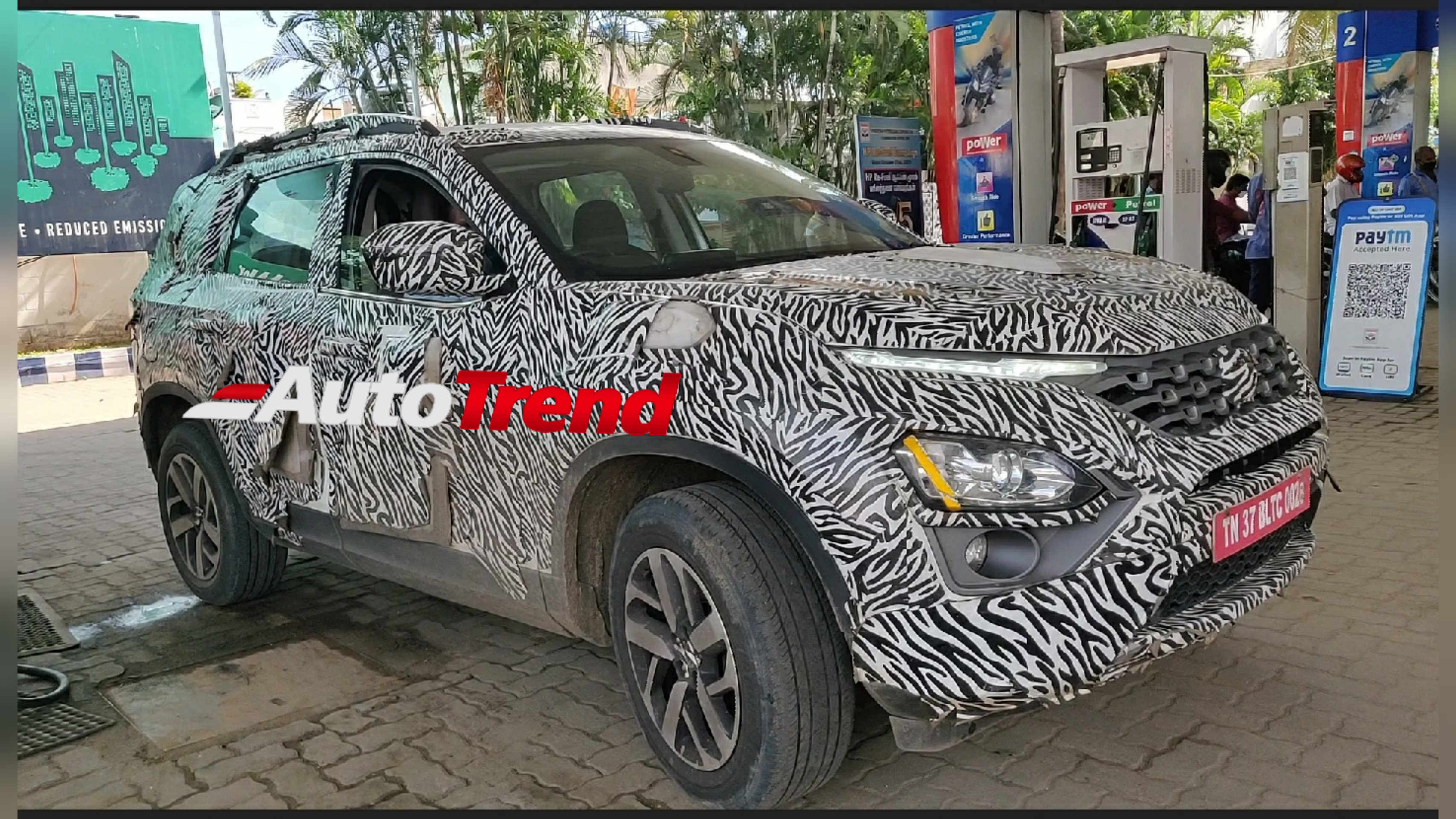
Tata Motors will be launching their flagship Gravitas 7-seat SUV later this year. The Gravitas is essentially the 7 seats extended version of the Harrier 5 seat SUV based on the Land Rover derived OMEGA arc platform.
Based on the Harrier, the Gravitas will be around 60mm longer than the Harrier to accommodate the extra 2 seats while also being taller to provide better headroom for the 3rd row. Except for the larger dimensions and extra seats, the Gravitas will be largely similar to the 5-seat Harrier.
The tailgate will be more upright, giving the Gravitas a more boxy appearance and the
Other than these external differences, the Gravitas will carry forward the same features as on the Harrier:
Safety:
Safety features on the Gravitas will include:
Powertrains:
The Gravitas, just like the Harrier will be available with a diesel engine mated to either a 6-speed manual transmission or a 6-speed torque converter automatic transmission. The 2L Kryotec turbo diesel produces 170PS Power and 350NM torque. From the XM variant onwards, the Gravitas will be available with three drive modes; Eco, City and Sport.
Launch & price:
The new Gravitas is expected to be priced from ?15L to ?20L for the Manual variants and ?17.5L to ?21L for the Automatic variants. When launched later this year, Tata’s new flagship SUV will compete against the likes of the MG Hector plus and the next generation Mahindra XUV500. Stay tuned for further updates.
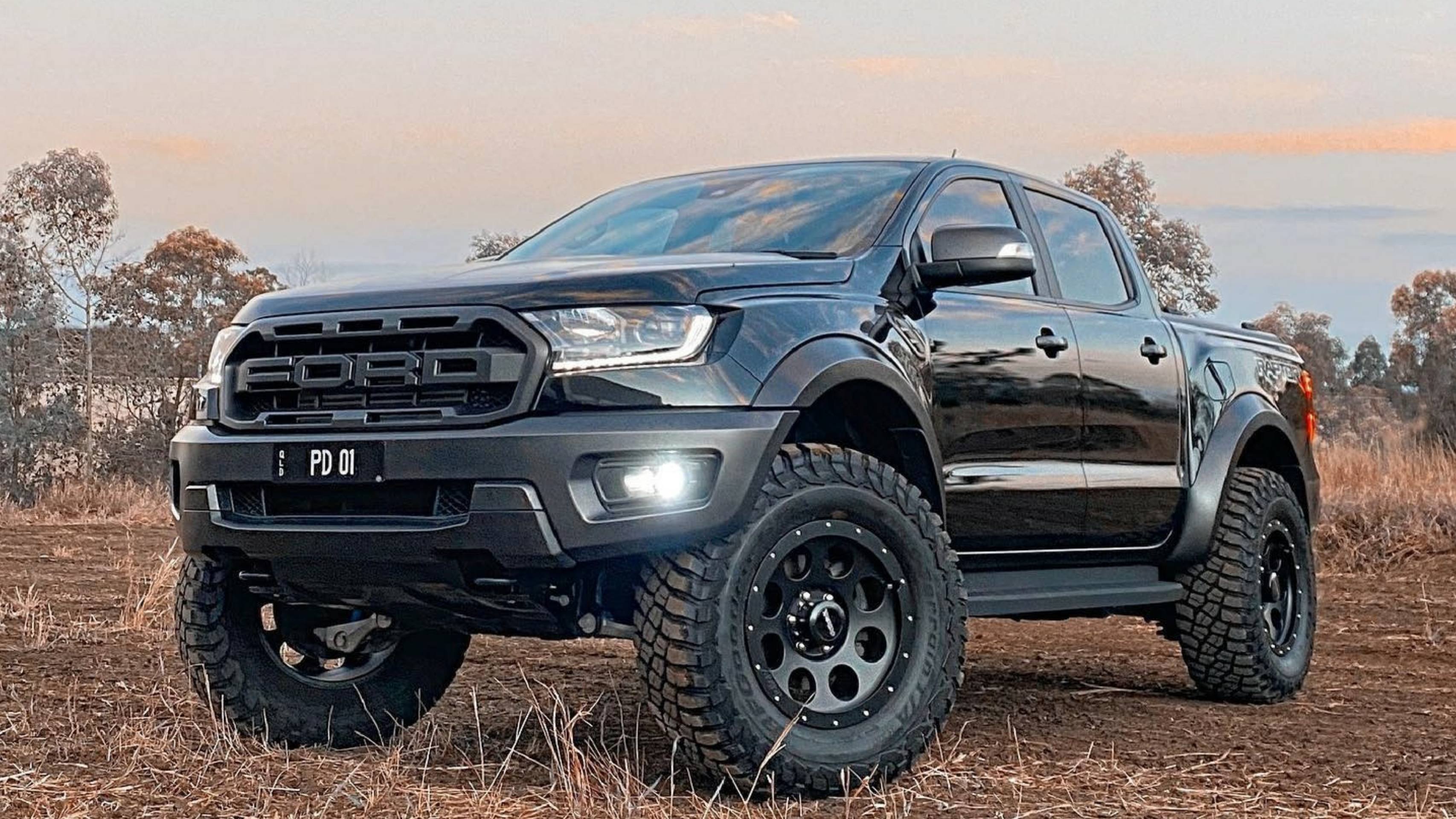
Ford is expected to bring in a limited number of its extreme Ranger Raptor pick-up to India. The Ranger is essentially a pickup version of the Ford Endeavour SUV. However, the Raptor is a specifically engineered high performance version of the regular Ranger, providing extreme capability of high speed over rough terrain.
The Ford Ranger Raptor with its combination of off-road skills, load-carrying capacity and unique Baja race-truck-like ability to monster bad roads at speed, certainly an enthusiastic-only kind of vehicle. With such unique performance oriented vehicles, Ford is keen on showcasing it’s unique engineering prowess and identity.
The ladder frame chassis of the Ranger Raptor has been seriously strengthened to take the extra beating, the front suspension towers have been beefed up to take the extra load and at the rear, the load bearing leaf springs have been replaced by an Endeavour-like Watt’s linkage to provide greater directional stability. The Ranger Raptor also gets purpose-built 2.5 inch (diameter) off-road racing coil overs from race truck specialist, Fox. As a result, the Ranger gets 30 percent more wheel travel, and the ability to fly over rough roads at speed that would shake other SUVs to bits.
The Ranger Raptor boasts of 283mm ground clearance. It gets 800mm of water-wading depth, and the massive 285mm tyres offer huge traction. While the engine is similar to the one that powers the Endeavour, the Raptor gets twin turbos, boosting the power to 213hp and the torque to 500Nm. The transmission though will remain the same 10-speed automatic gearbox seen on the Endeavour. The four-wheel-drive system will have six modes, including grass, gravel, snow and rock climbing modes. The truck will also have a Baja mode, which reduces chassis interventions for maximum attack over rough terrain.
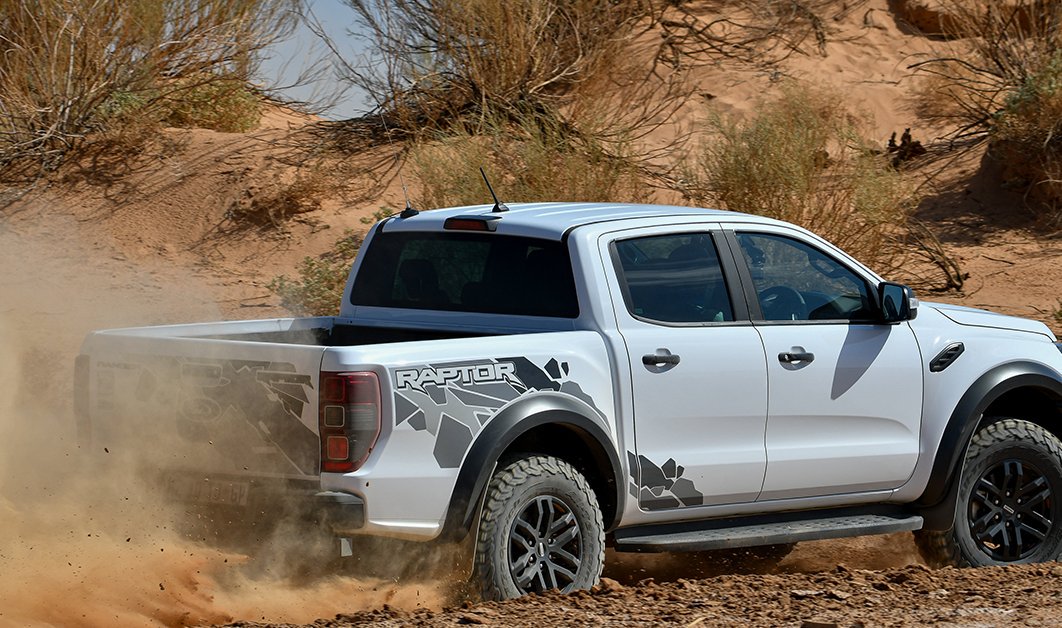
The Ranger Raptor features chunky bodywork extensions to match the wider track, the famous black Raptor grill and massive bash plates. The Raptor, just like the Endeavour will come as standard with ESP, rollover mitigation, Hydraulic brake assist, Hill Launch Assist and Hill descent control.
The Ranger Raptor will be imported by Ford under the 2,500-unit homologation-free route. The Ranger Raptor is likely to be launched in the country by the second-half of 2021. However, this extreme pickup truck will be priced around or above Rs.70L. If you are a serious off road enthusiast and have a load of cash, then the Ranger Raptor is a good reason to get excited for you.
Stay tuned for further updates.
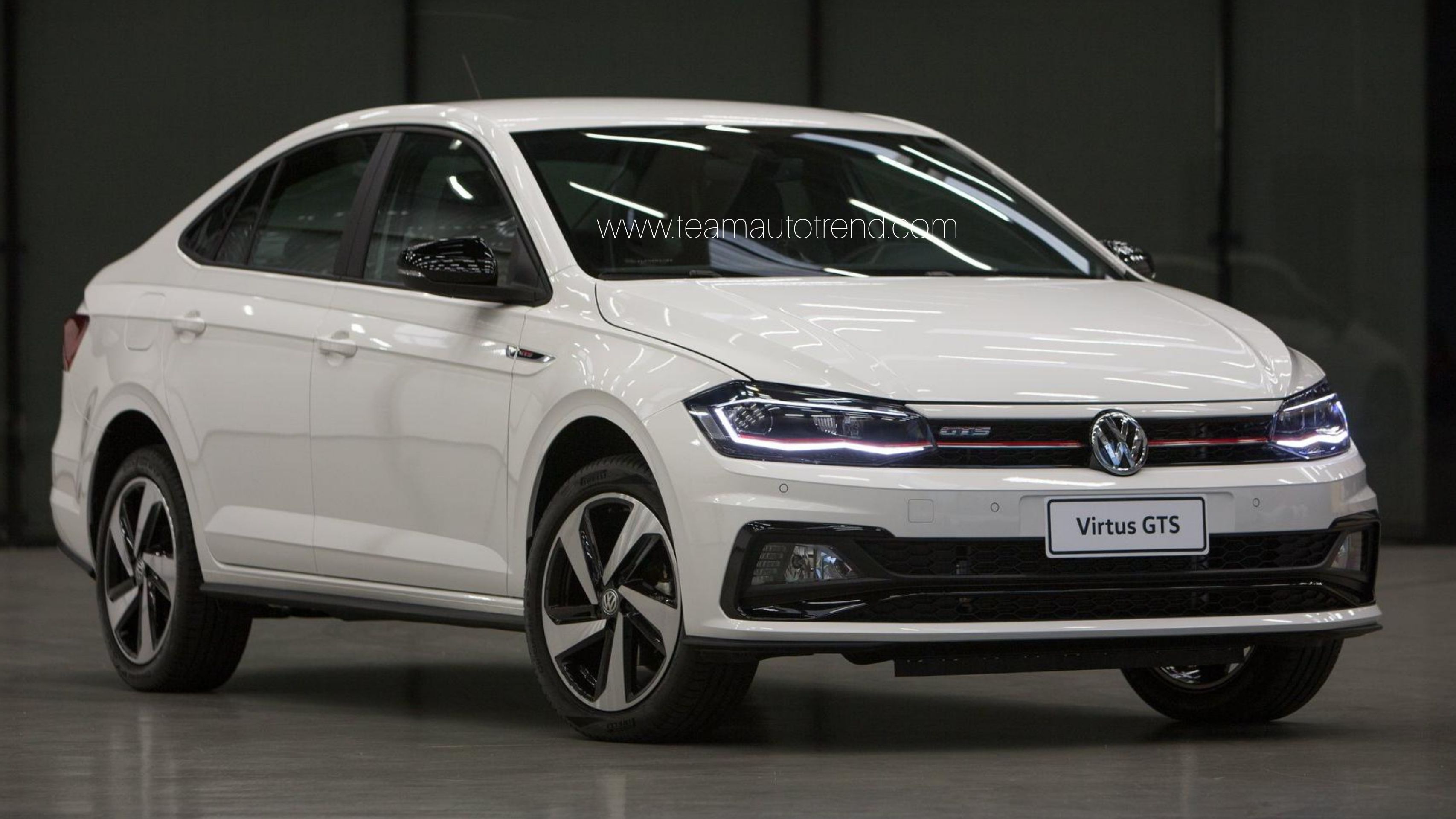
It's been almost a decade since the launch of the Volkswagen Vento and Skoda Rapid in India. Finally, these mid size sedans are scheduled to get replaced by all-new models in 2021. However, before laughing the sedans, VW-Skoda will be launching the SUVs first.
The production version of the Skoda Vision IN concept SUV will be the first all new product in their new launch strategy. Next in-line will be the Volkswagen Taigun midsize SUV. Only after these launches, VW’s mid-size sedan will come to the market.
Similar to the current Vento-Rapid models, the new generation sedans will share their underpinnings, switchgear
Both the midsize sedans are expected to retain the current 110hp, 1.0-litre TSI turbo-petrol engine, along with the 6-speed manual and 6-speed torque convertor automatic options. Besides this, VW-SKODA is also likely to bring a hybrid based powertrain.
The larger 1.5-litre turbo-petrol unit seen on the VW-SKODA SUVs will not be offered on the new Vento and Rapid sedans.
VW-SKODA is pushing for 95 percent localisation and more parts sharing of new upcoming models to reduce costs.
Stay tuned for further updates on Skoda Volkswagen's new upcoming cars.
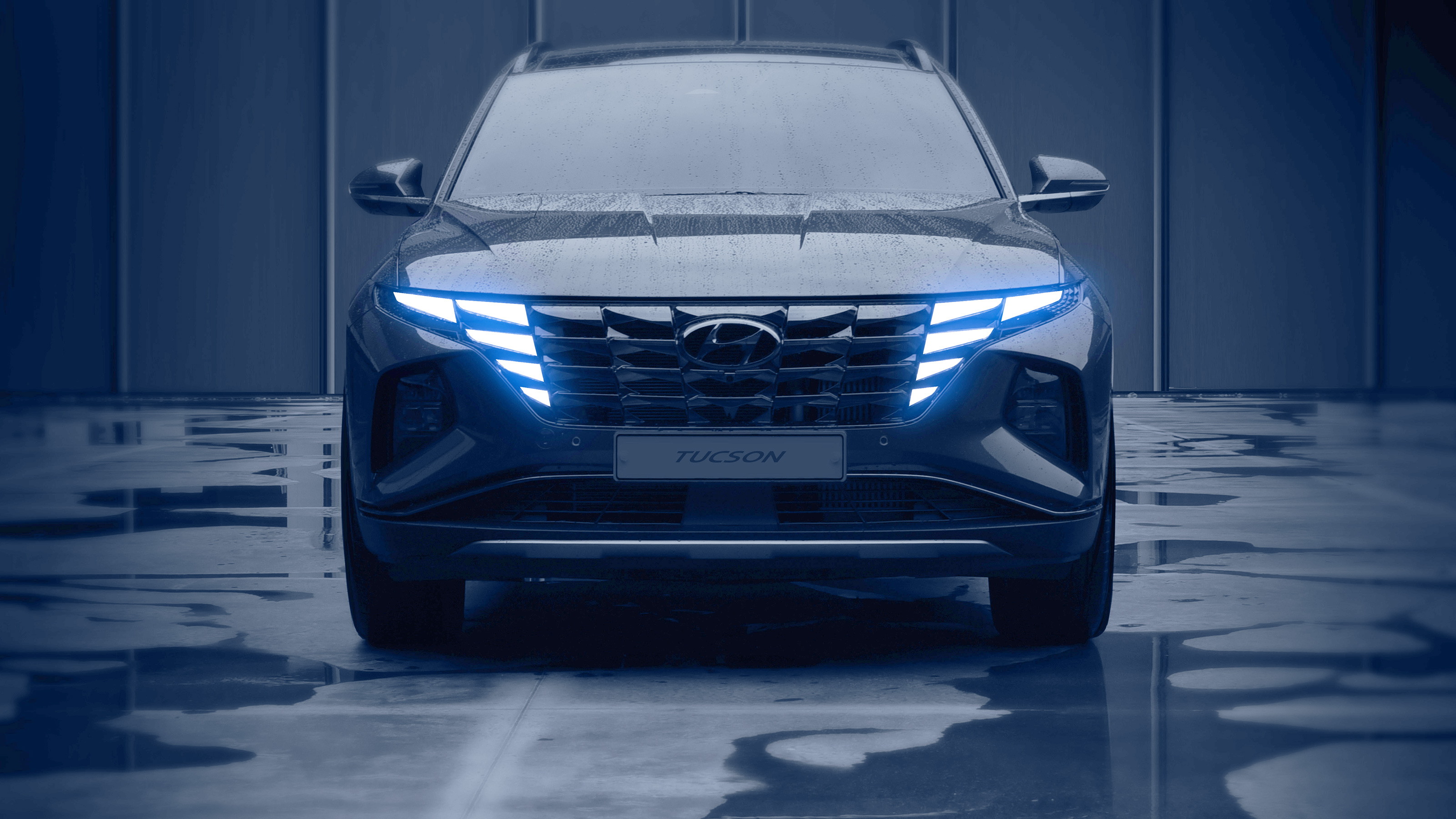
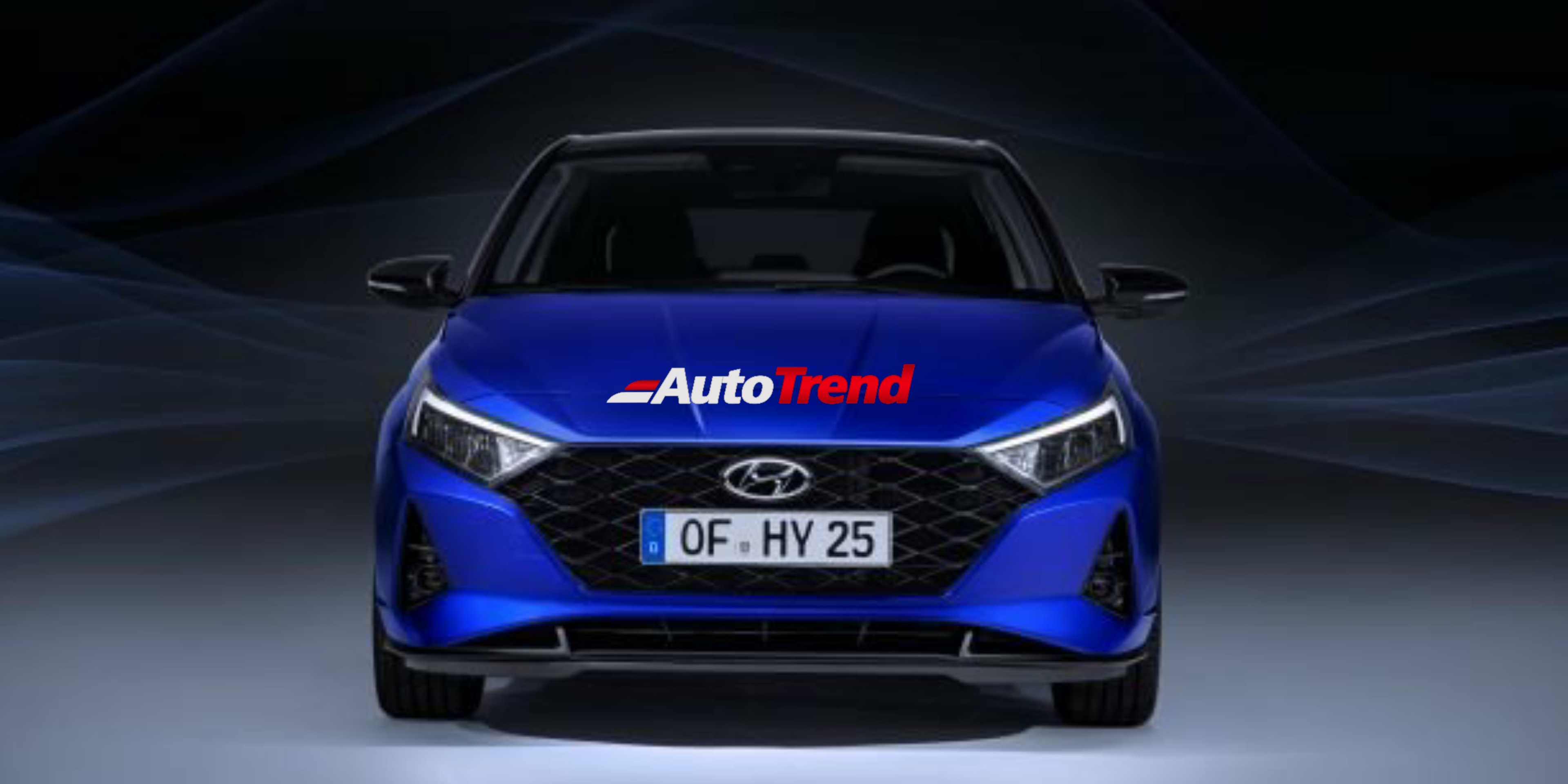
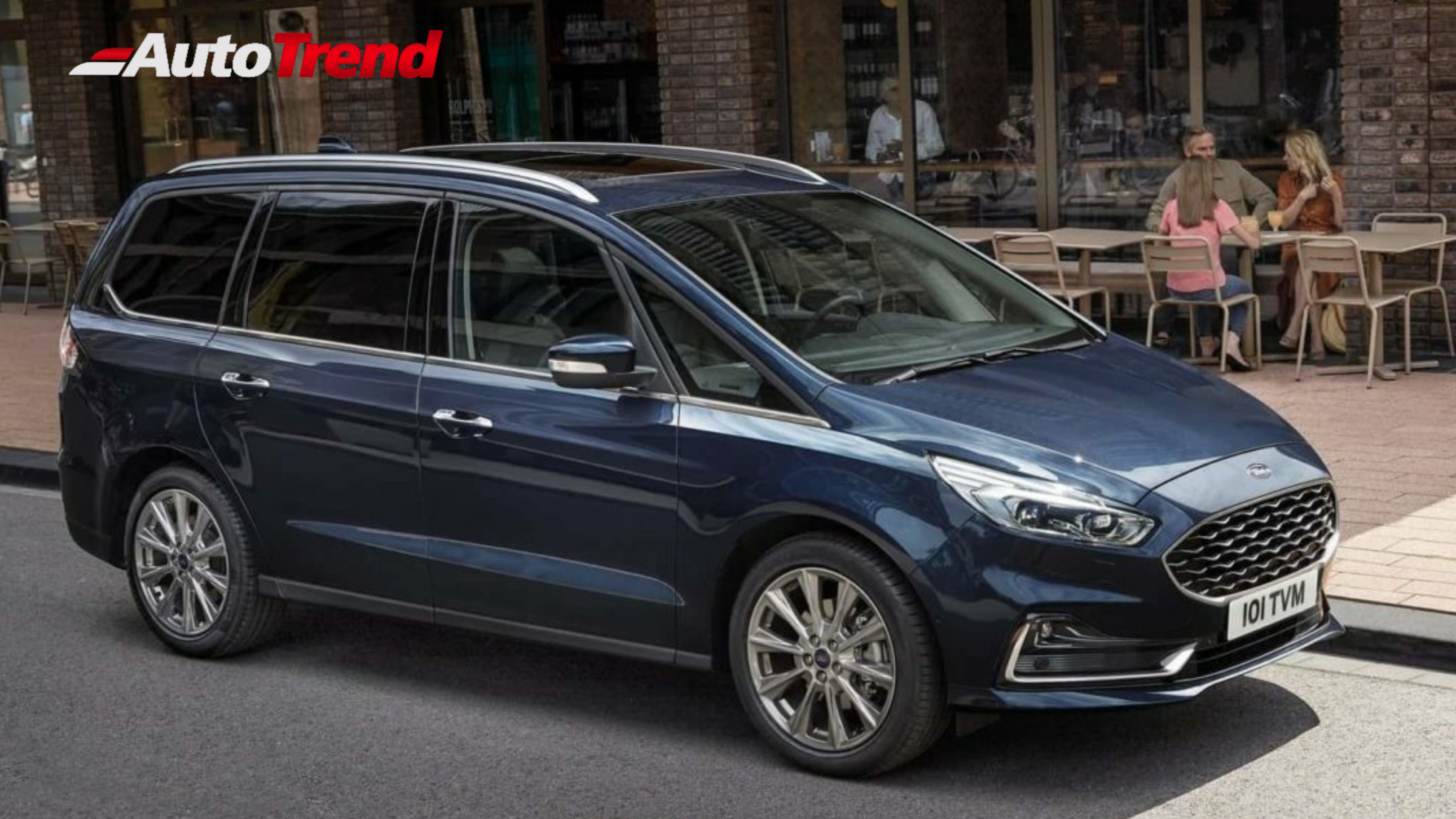

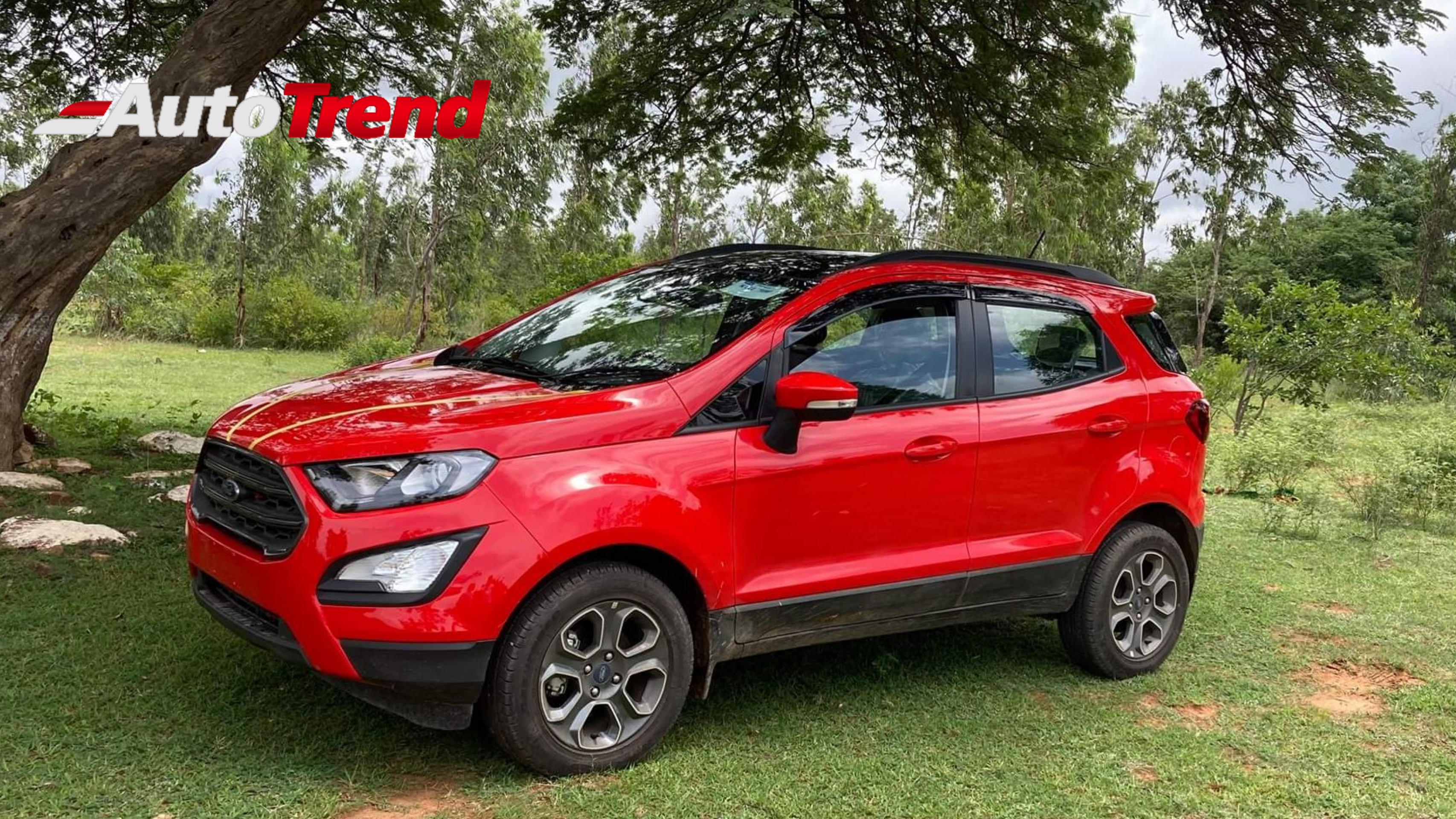
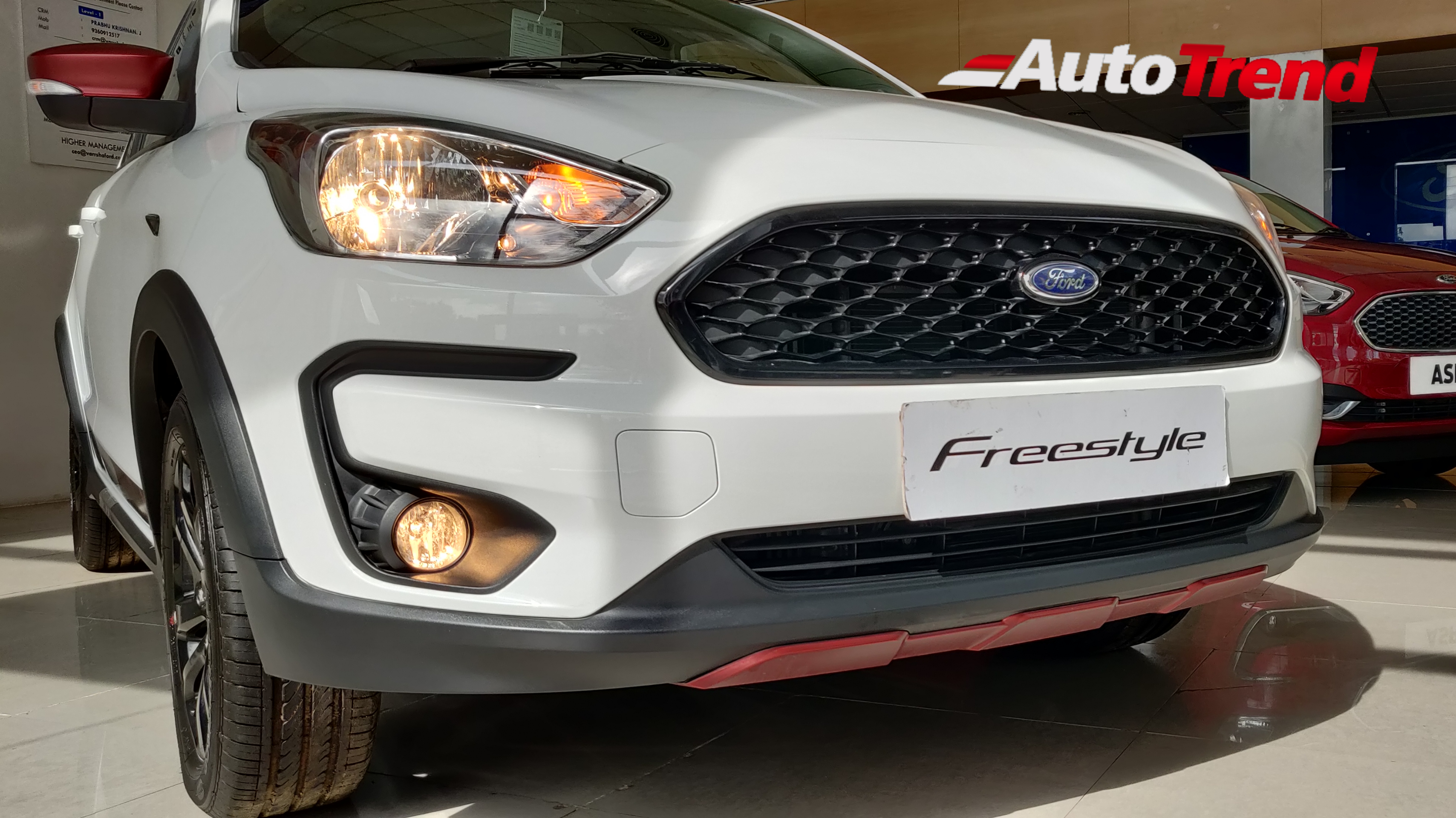
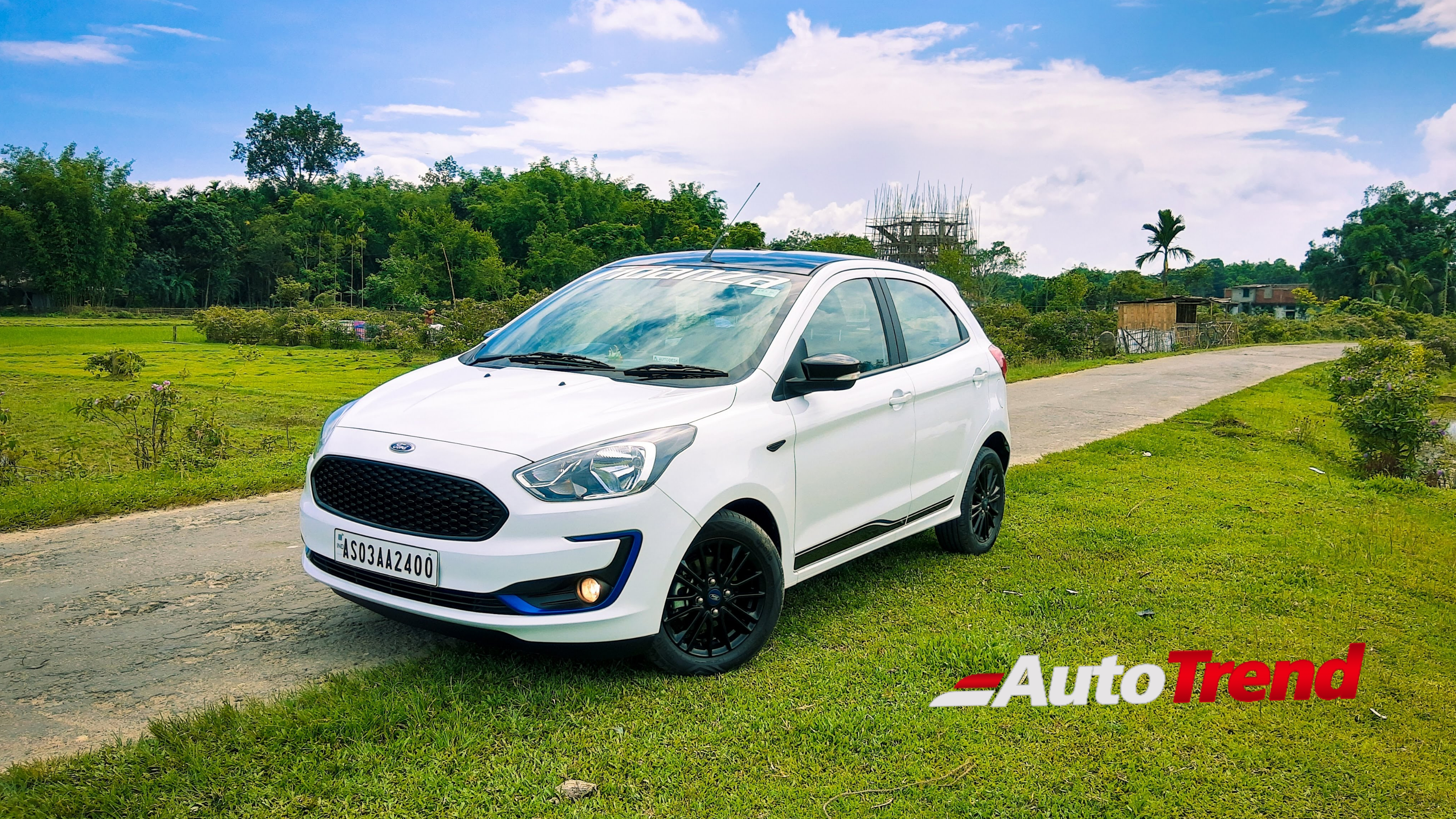
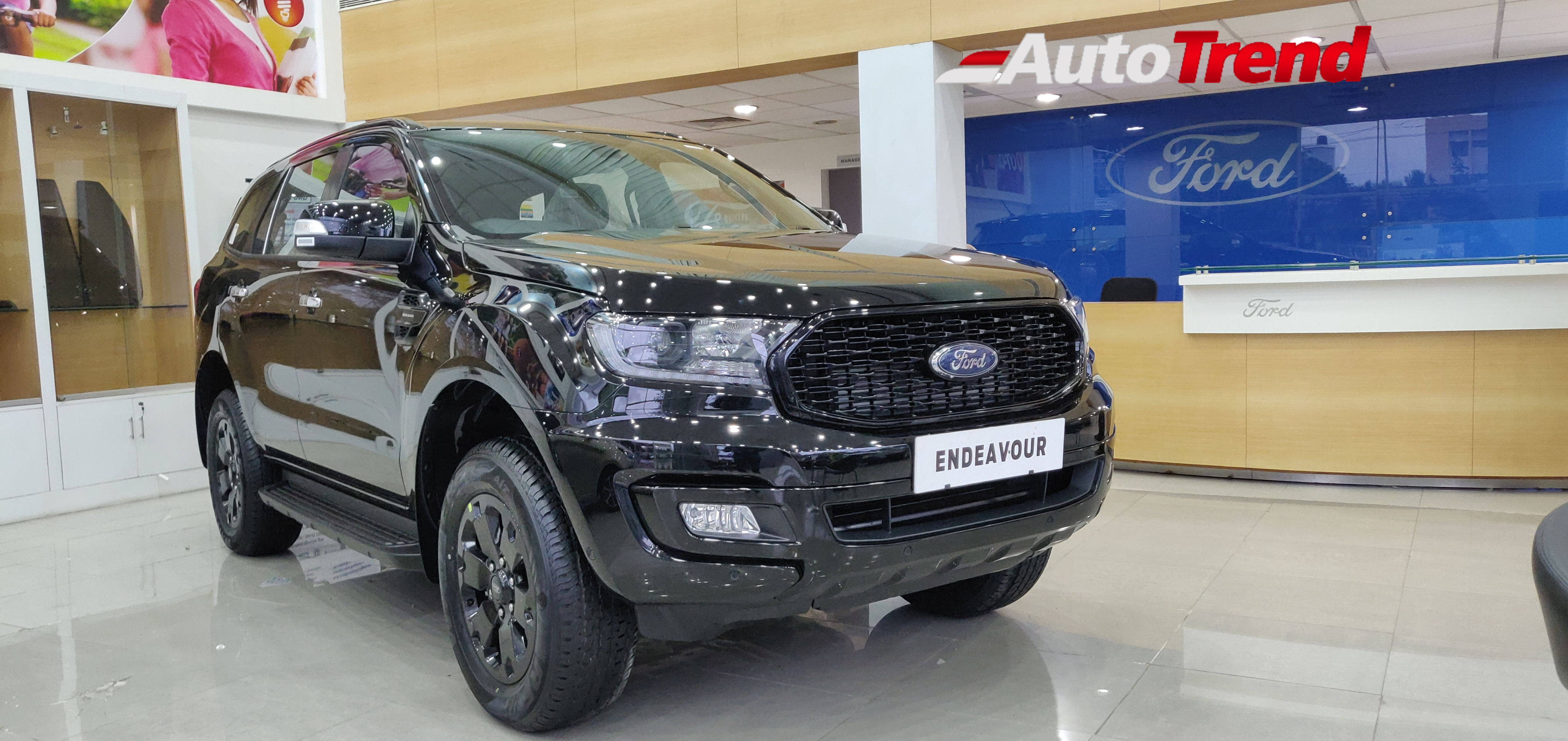
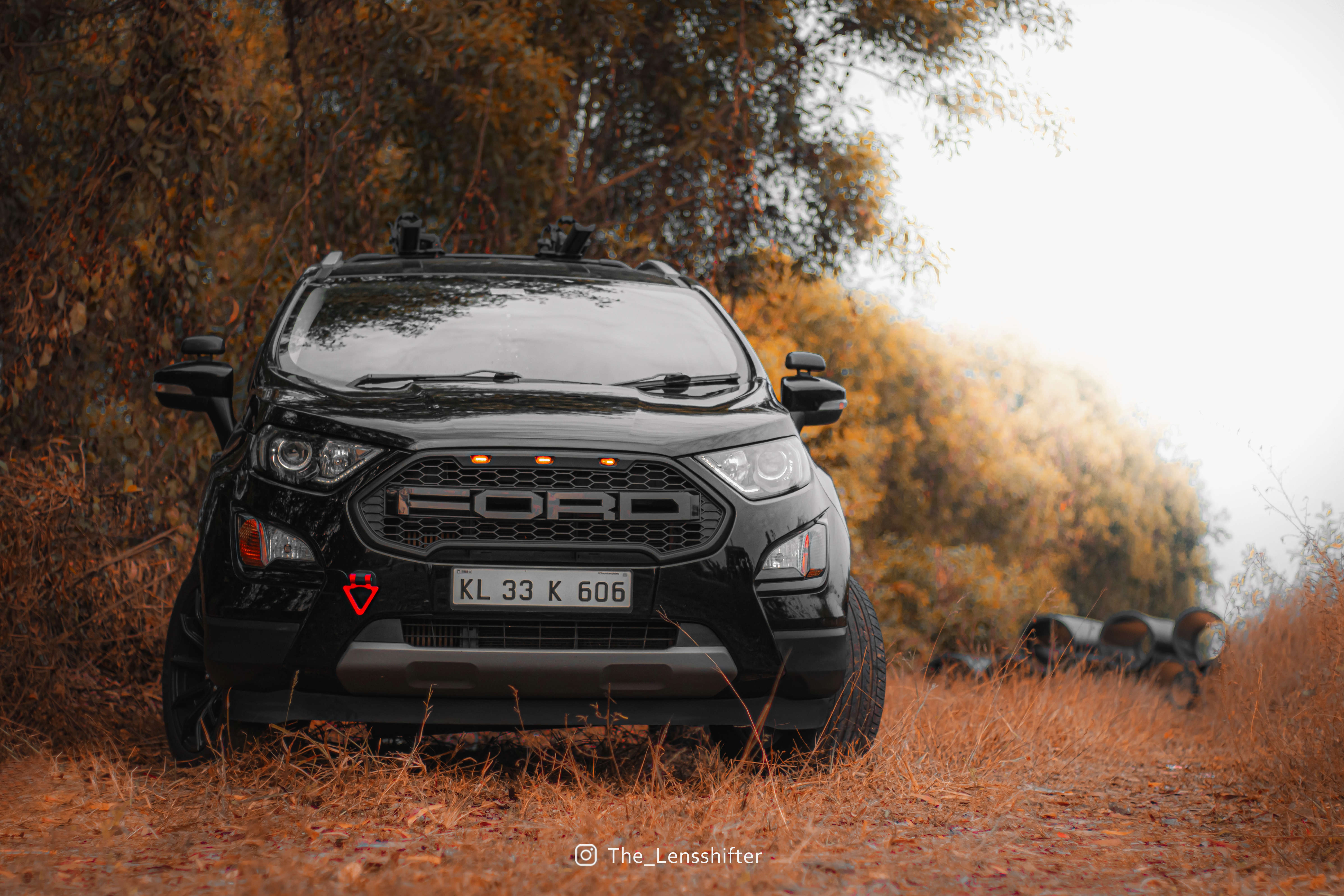
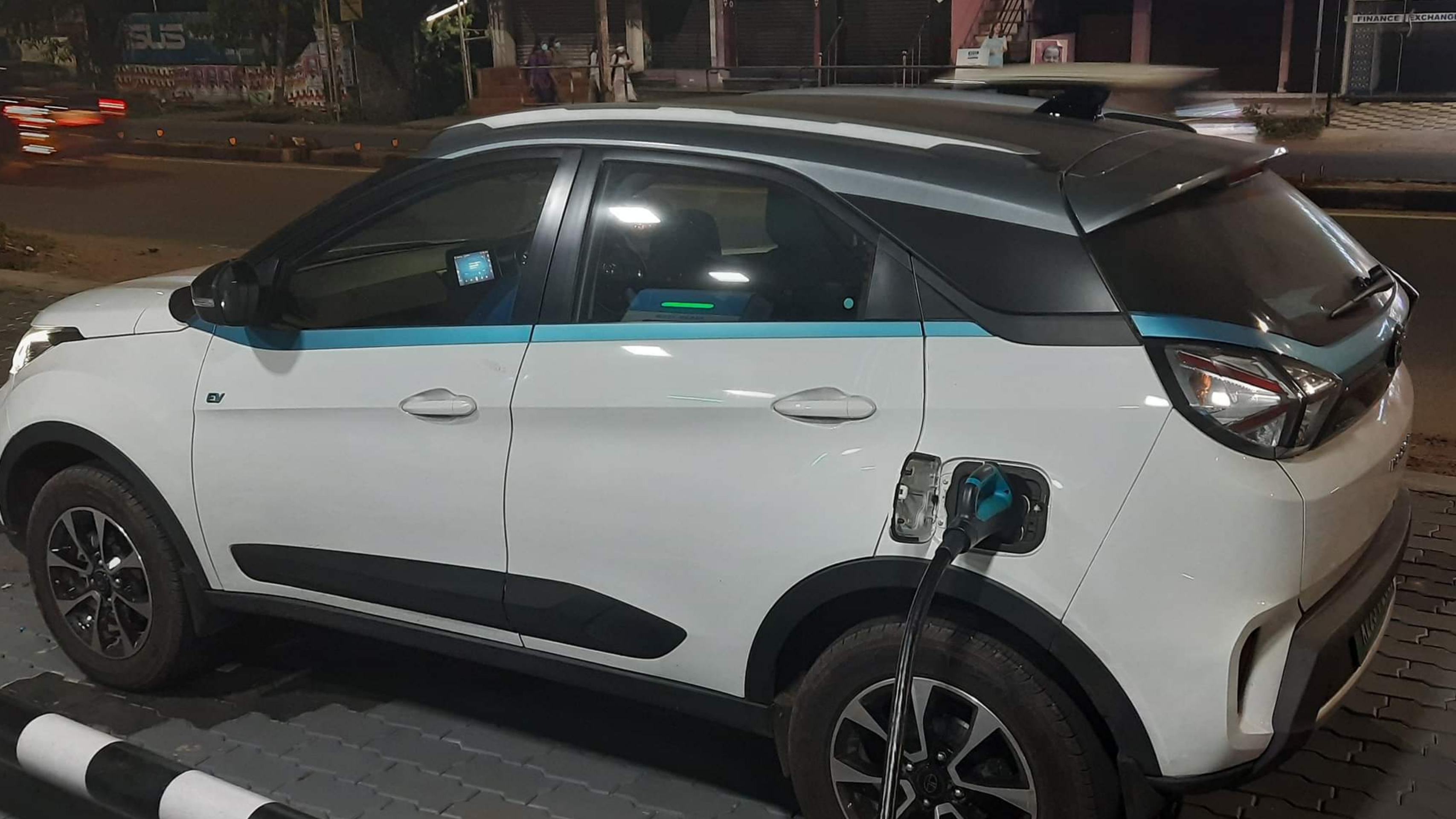
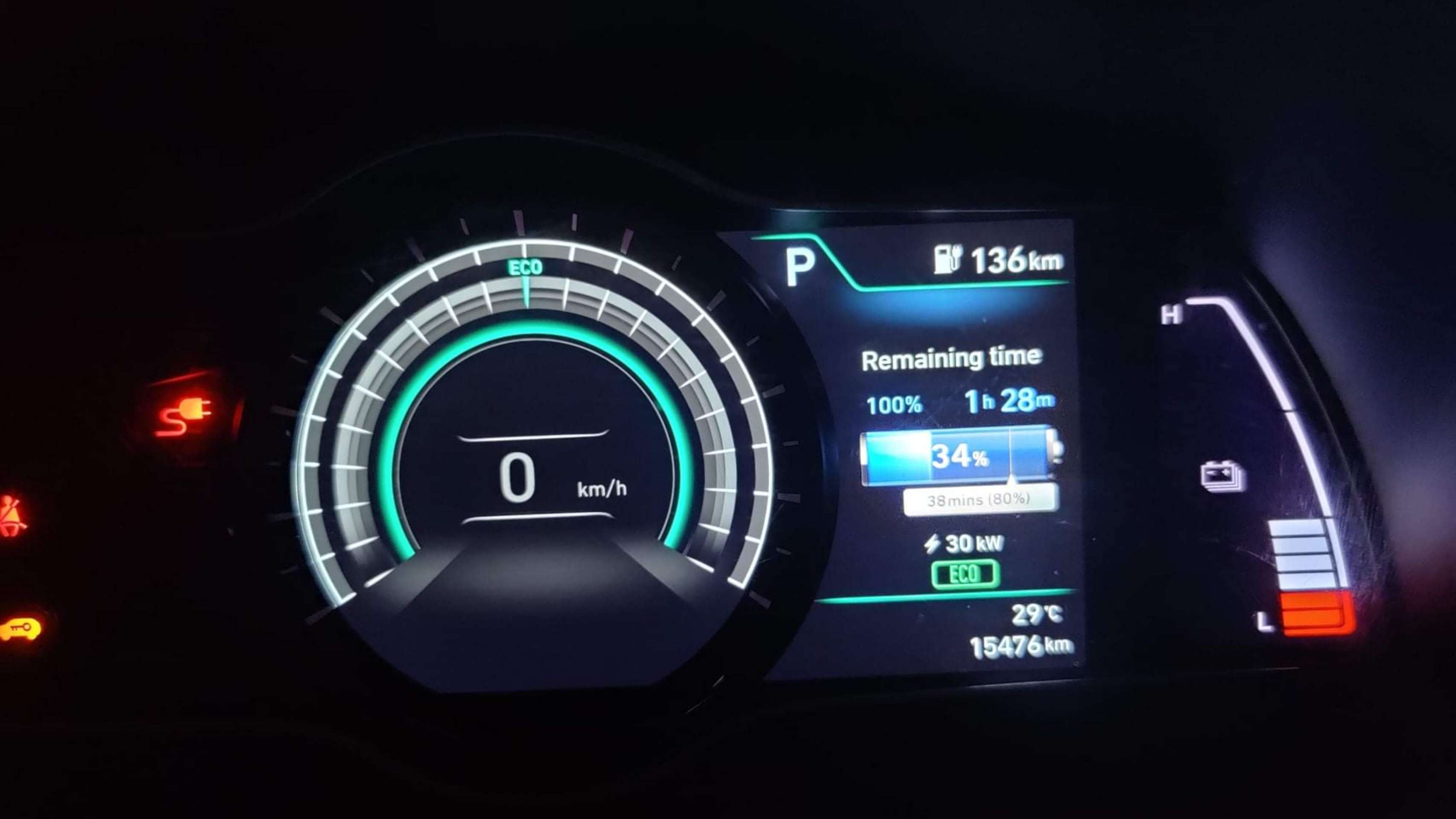
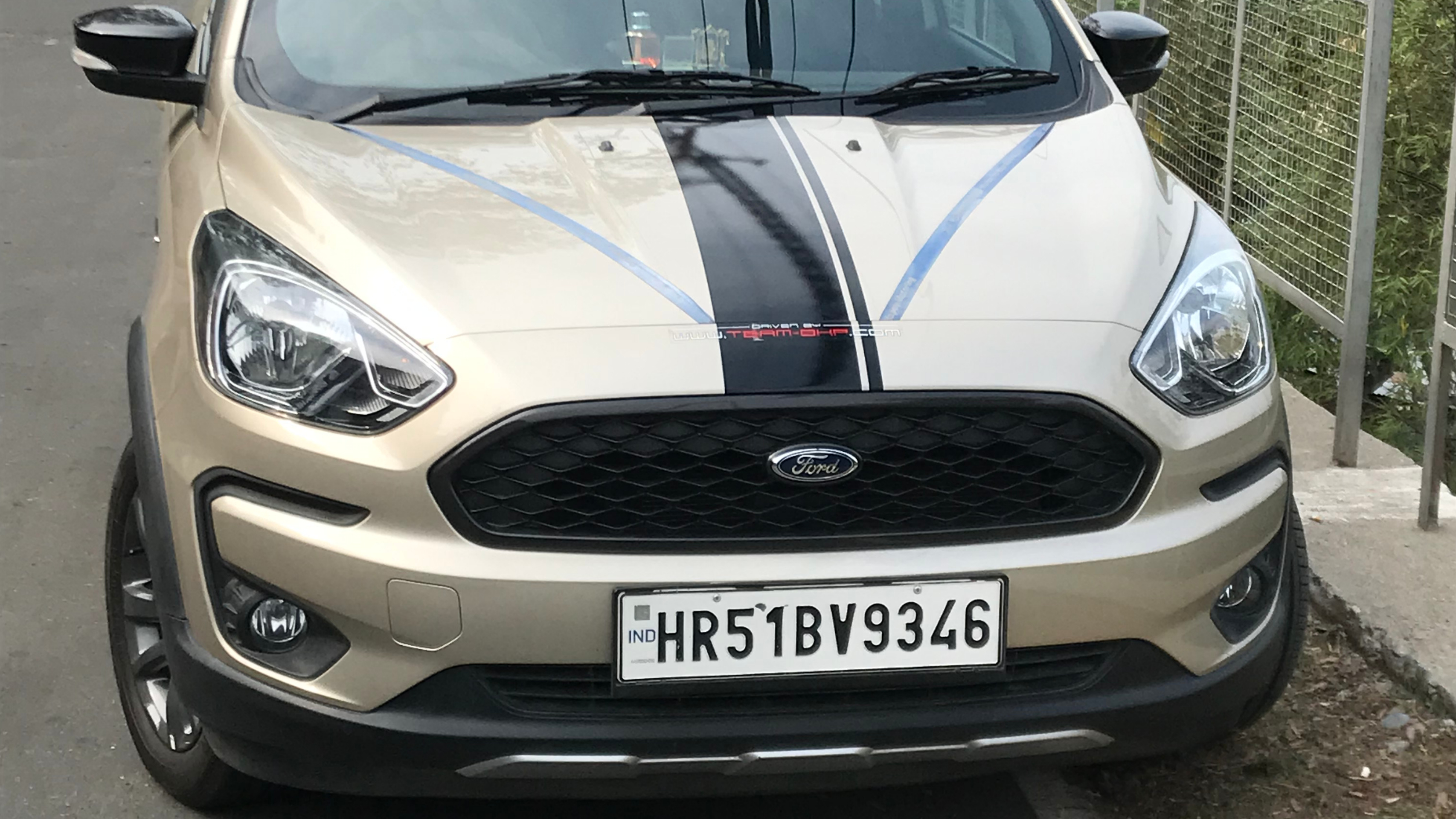
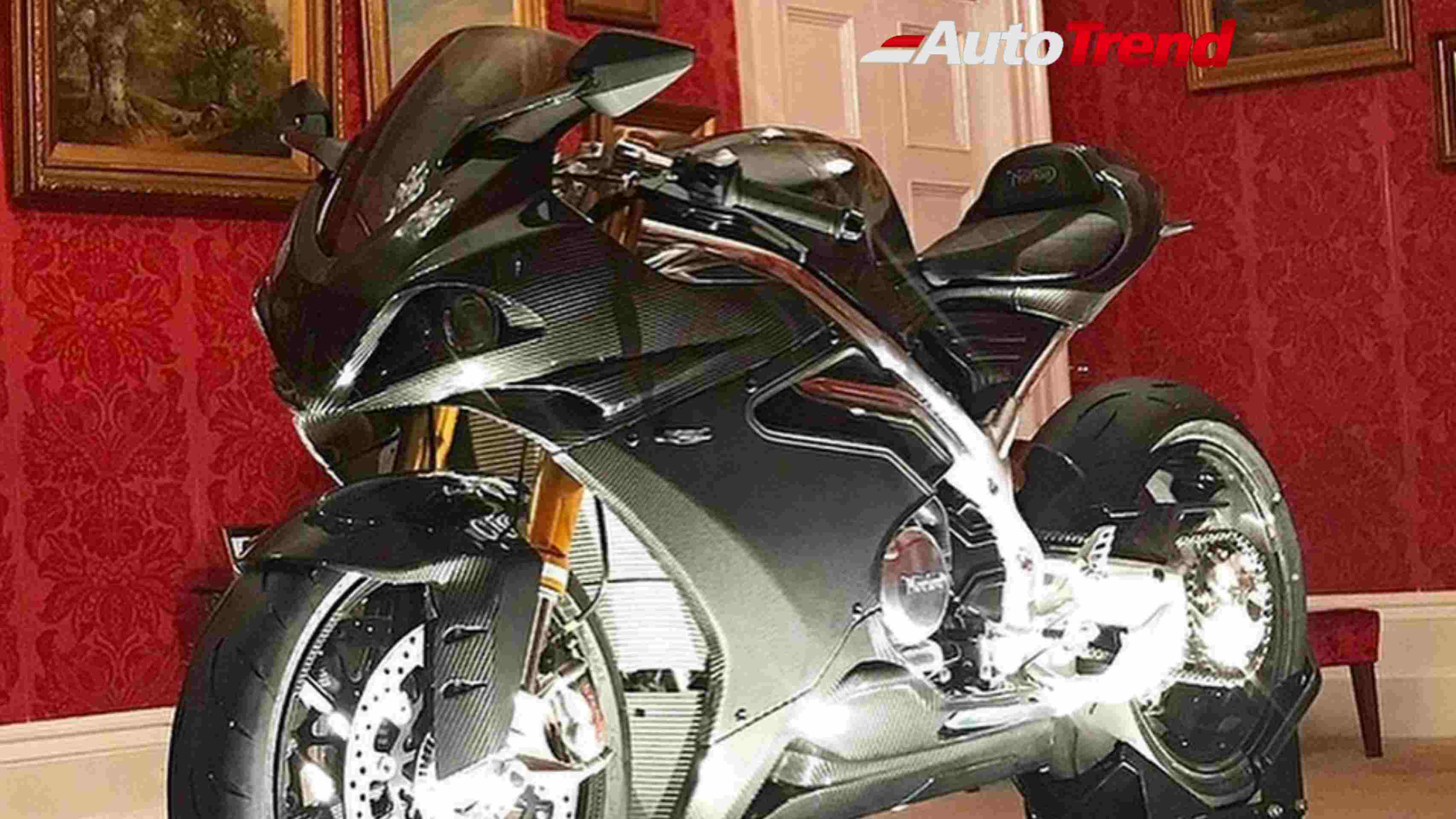
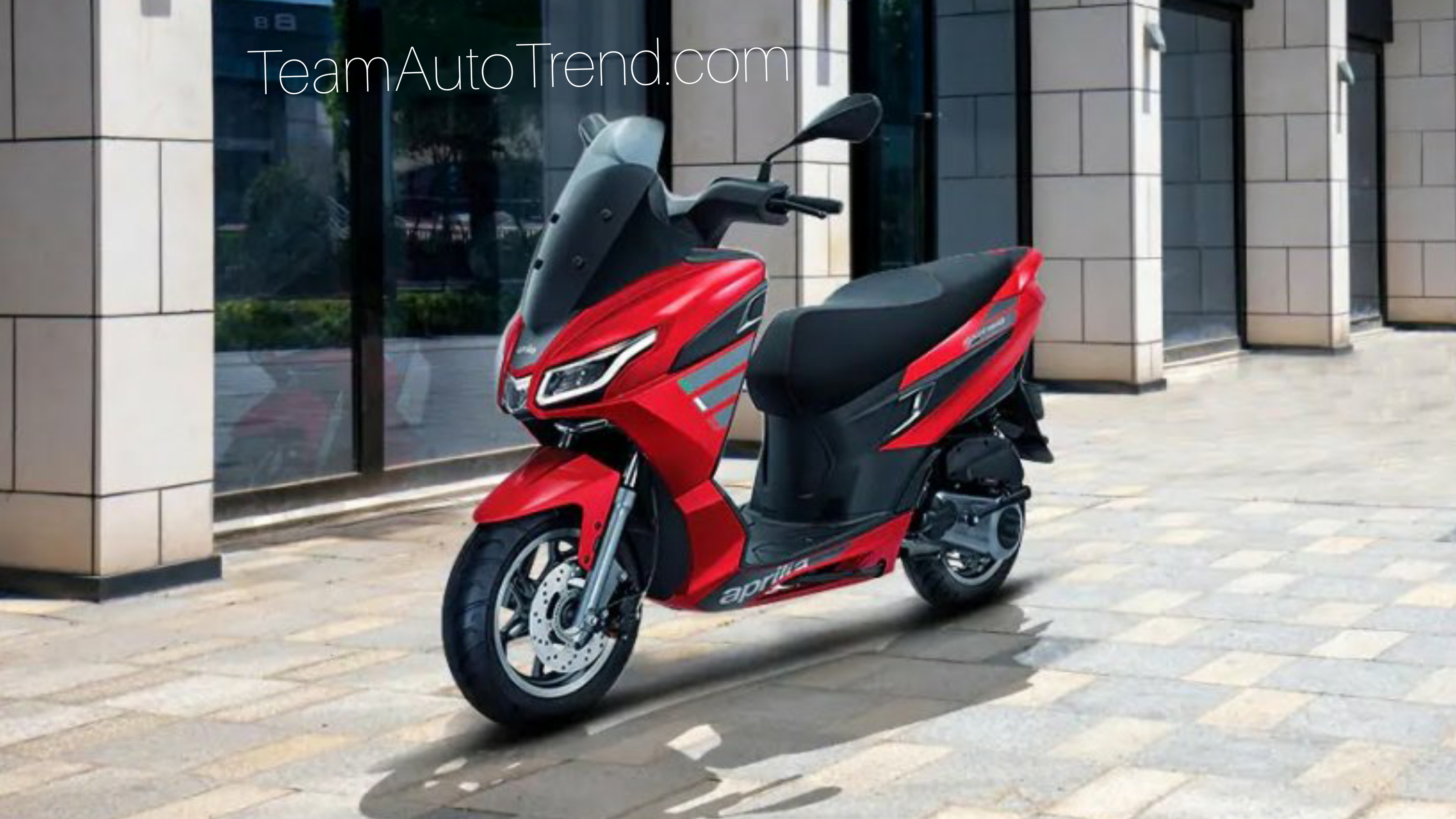

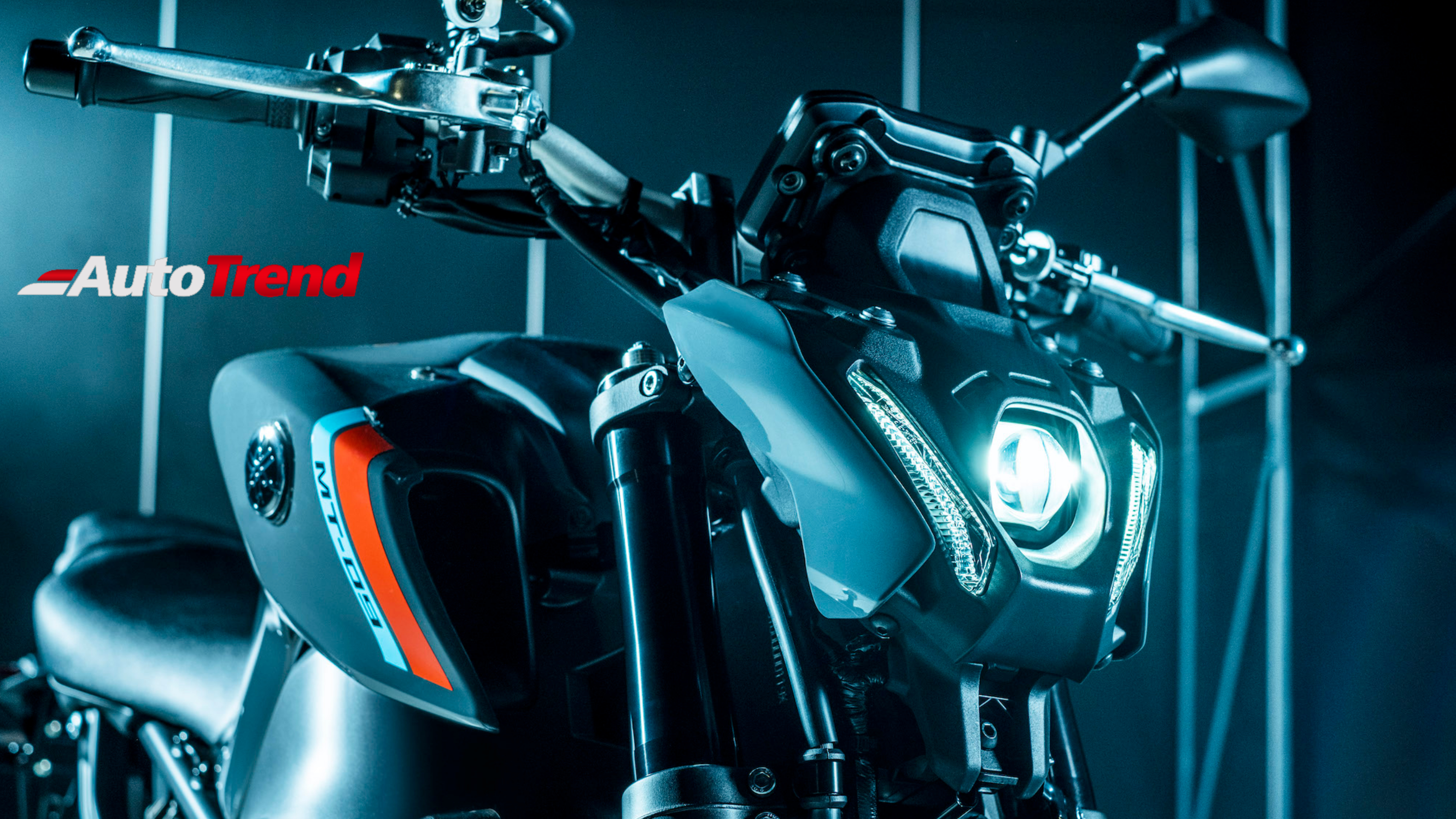
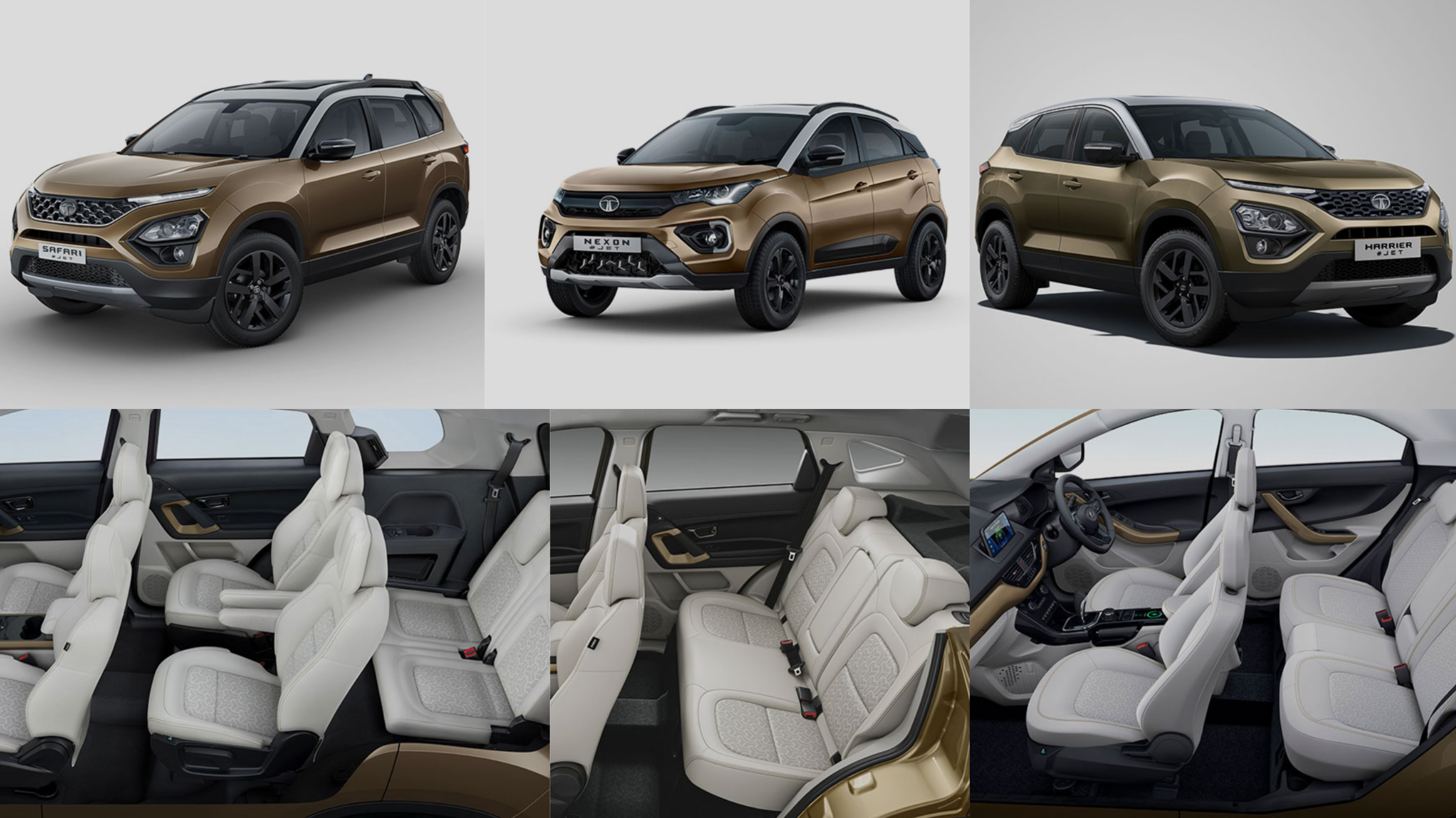
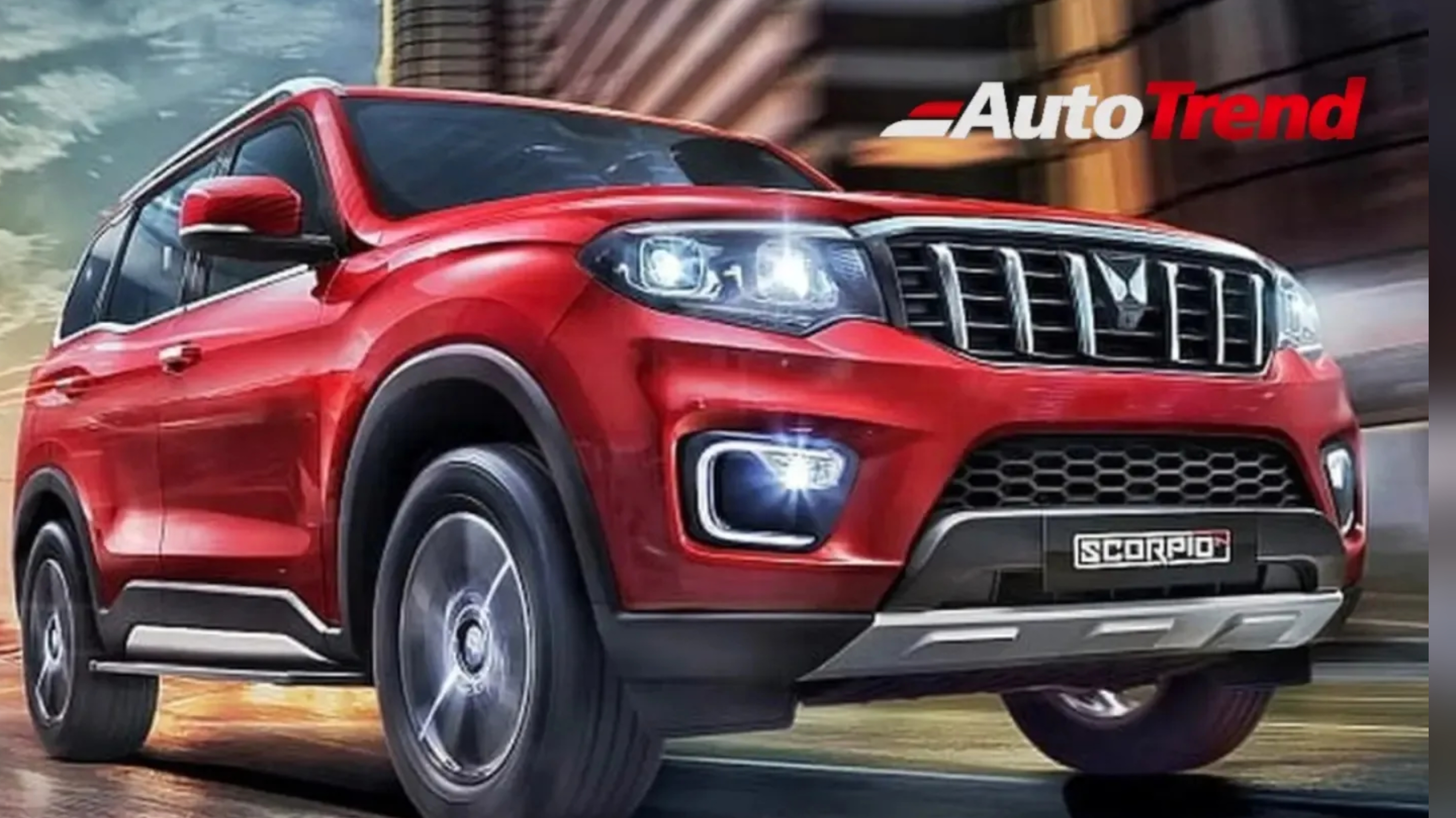
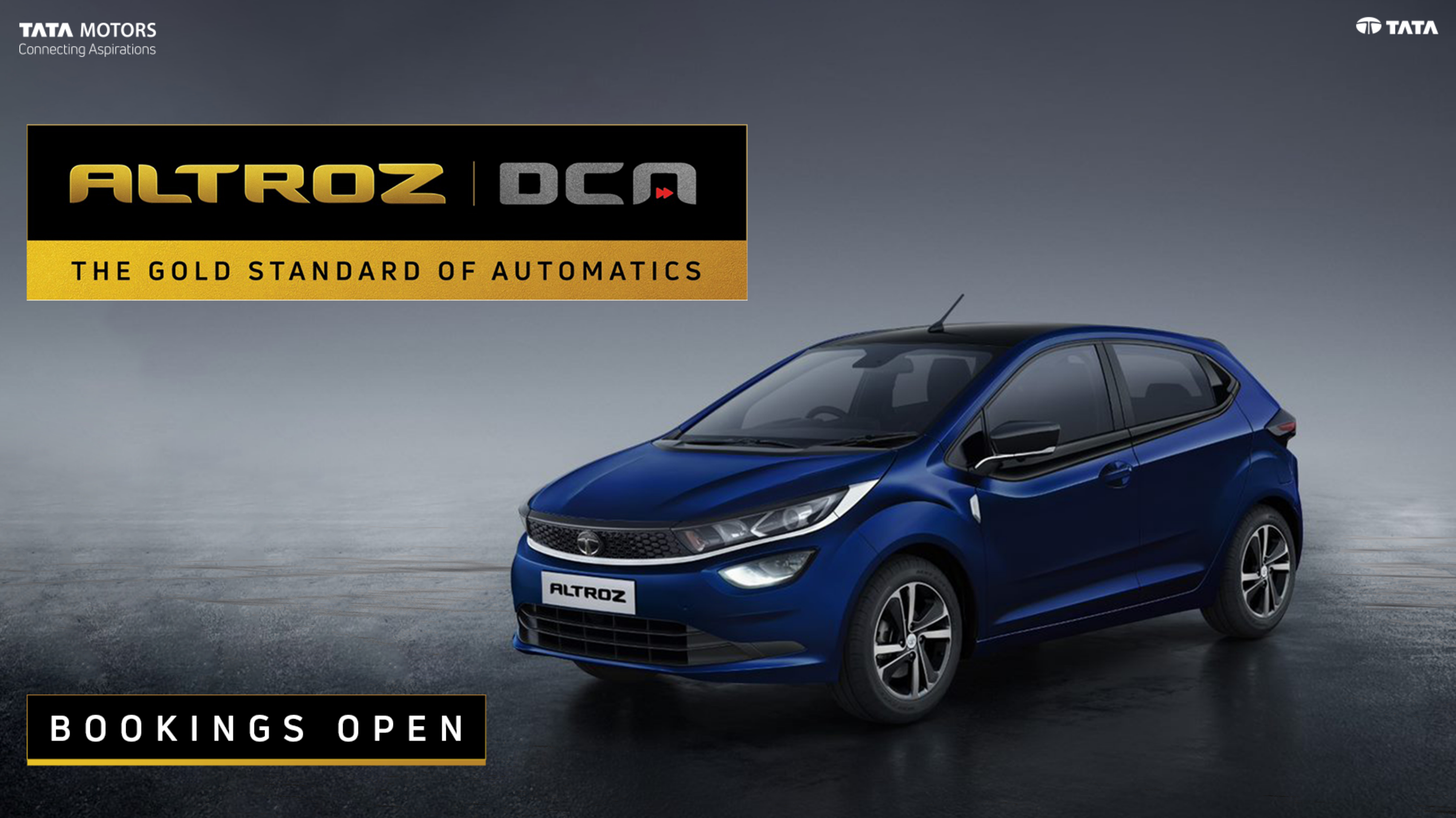

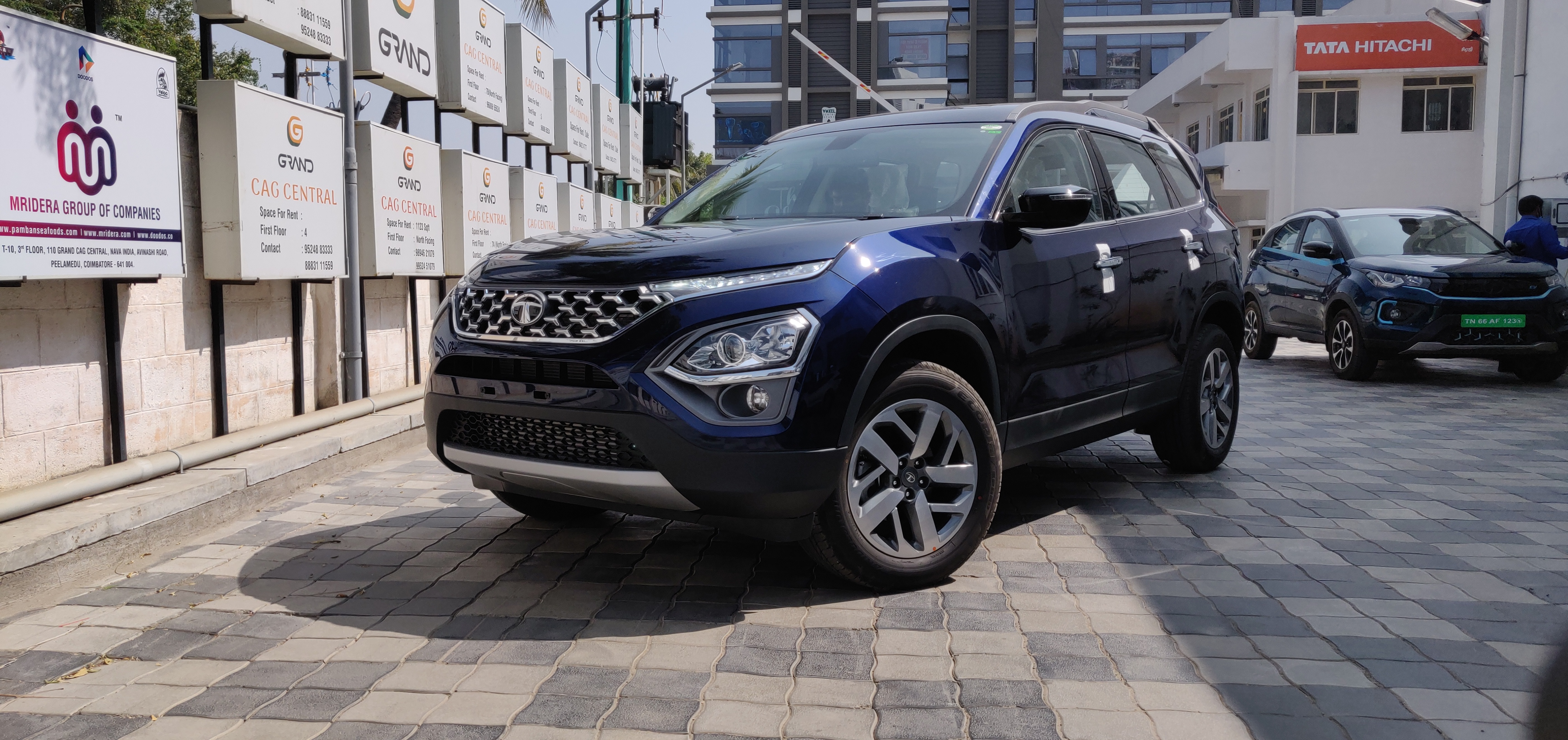
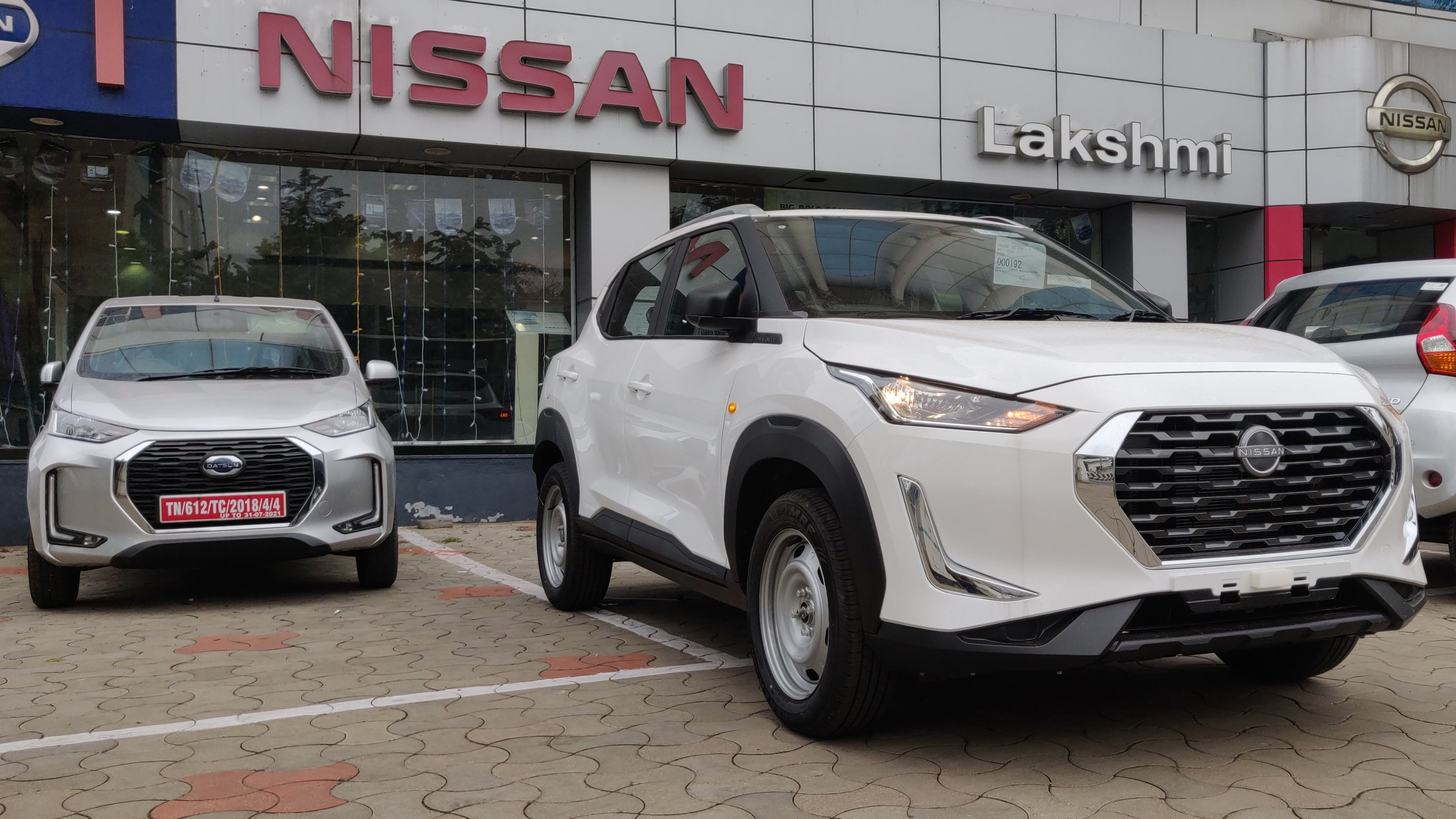

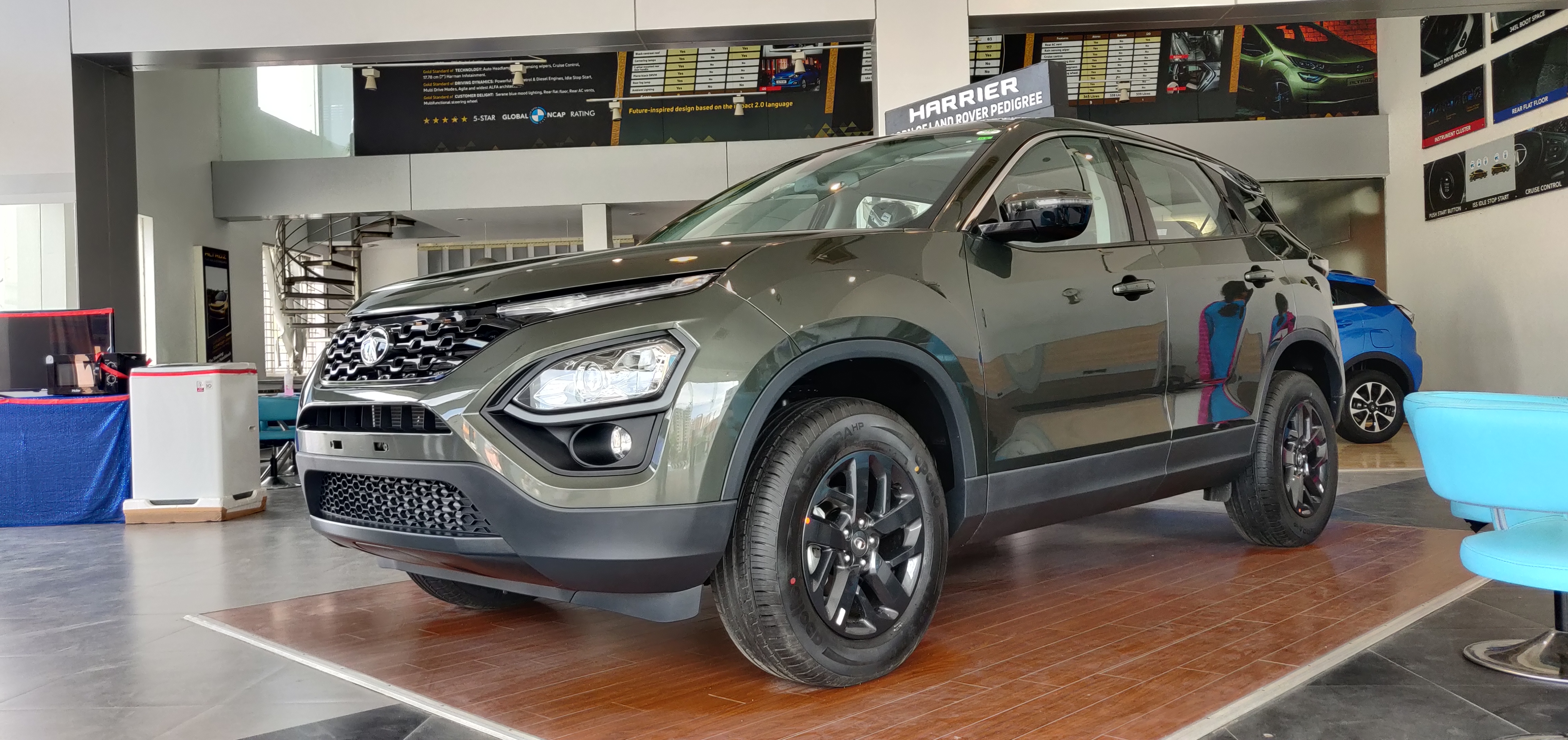
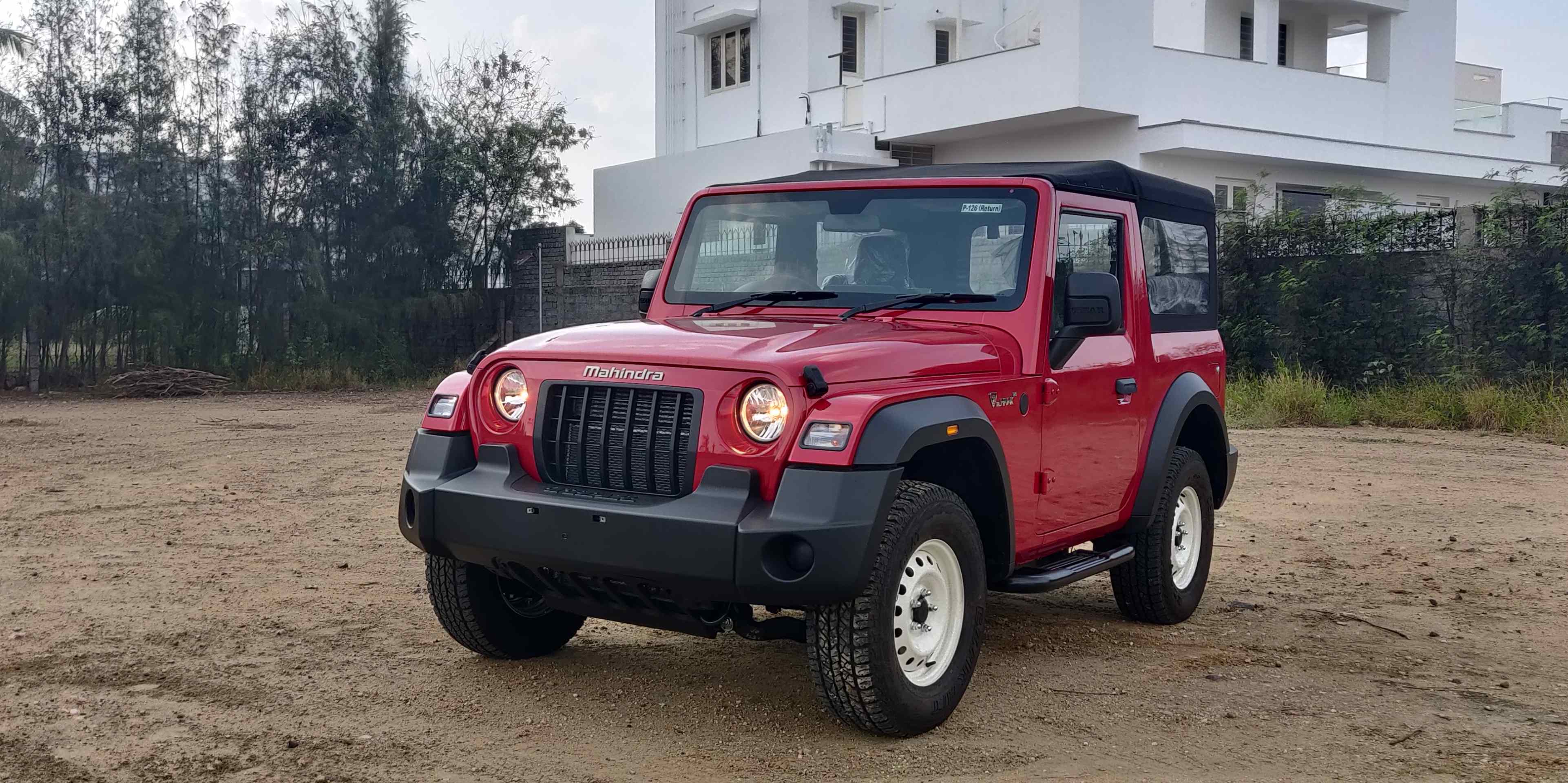
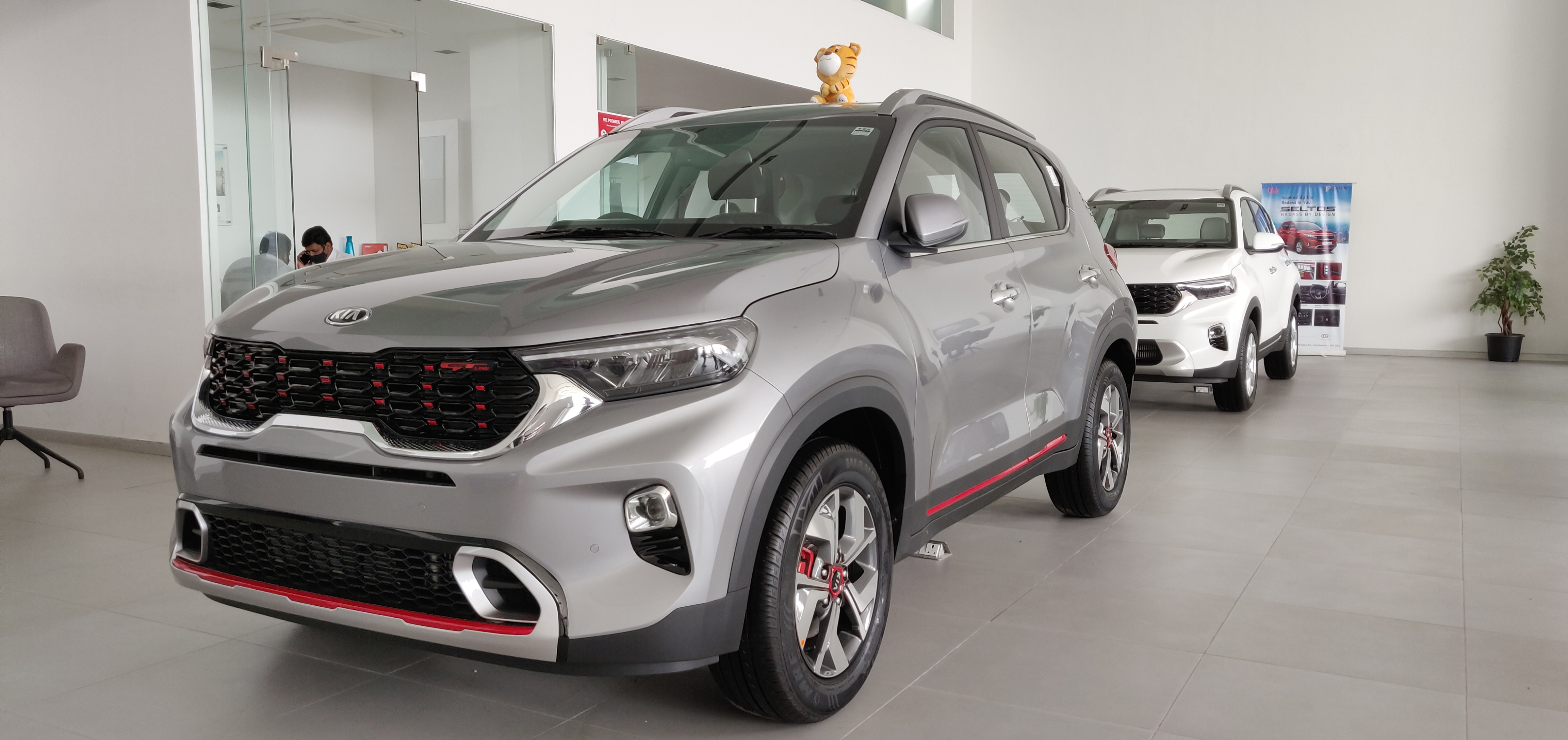
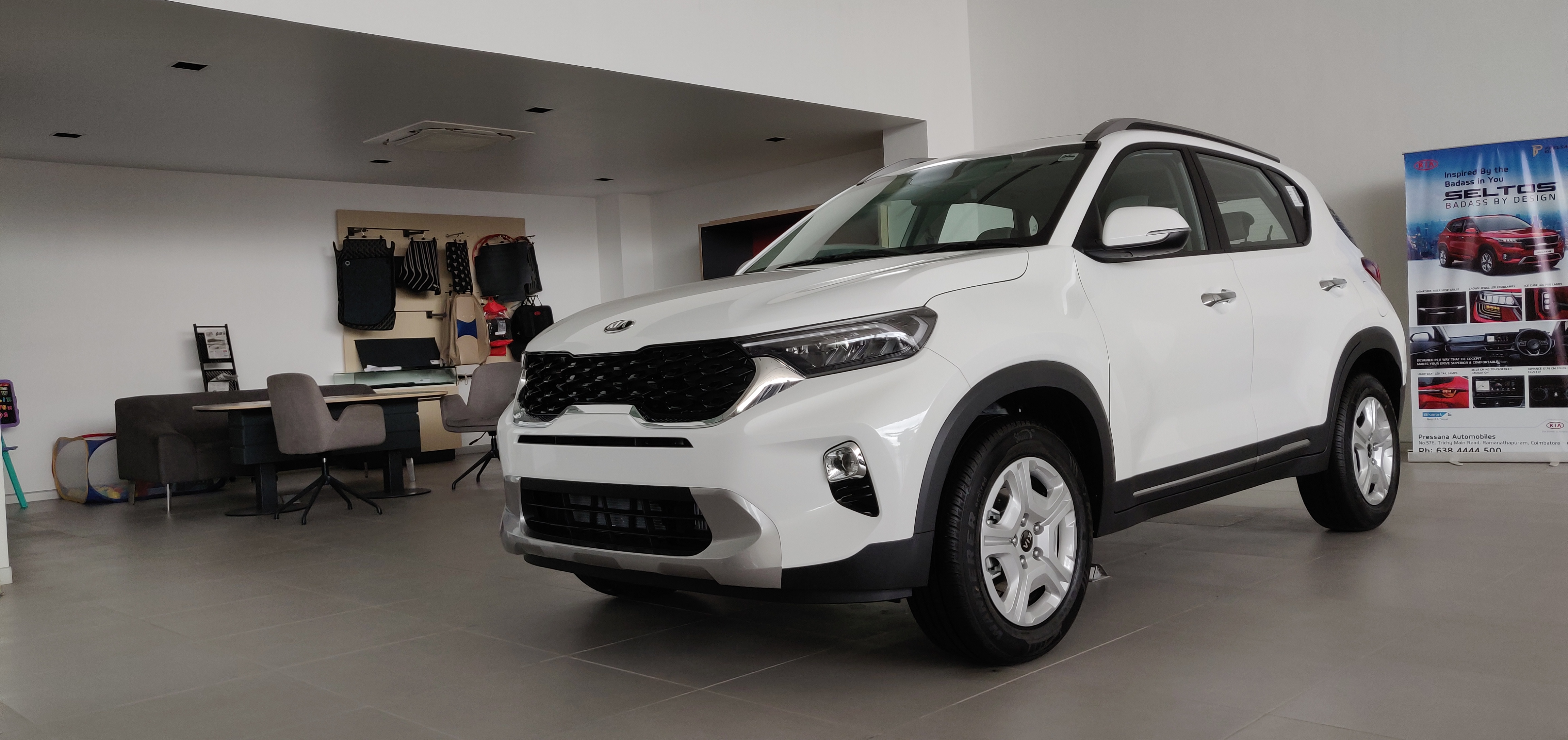
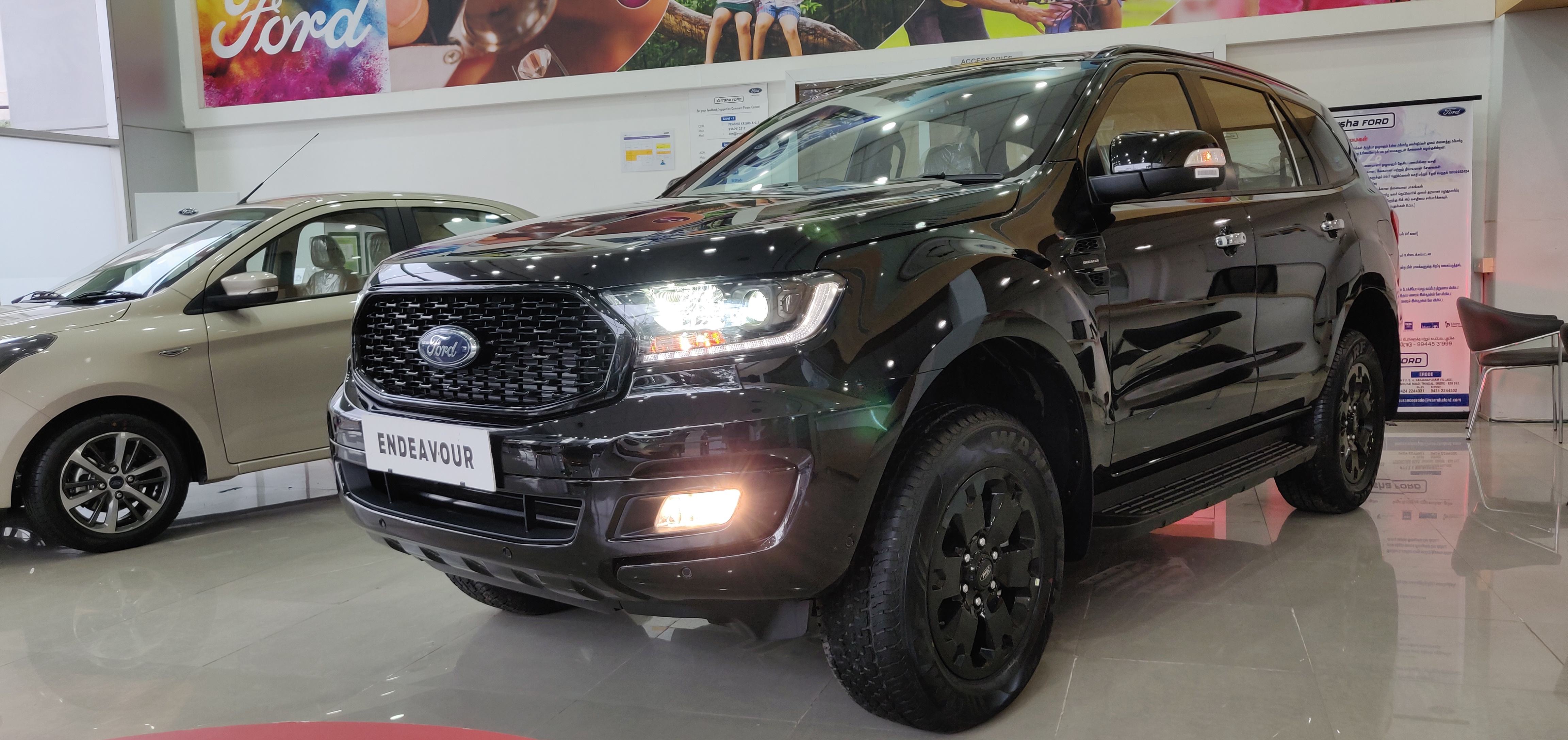
lasix horse racing 31 Stress And Anxiety 24 people, 92